Enoshima
April 2025Enoshima is a charming little island just off the coast of Kamakura, easily accessible from Enoshima Station by foot or bus. When I first arrived, I honestly wasn’t quite sure what to expect—what to see, where to start, or how much time I’d need. If you’re feeling the same, don’t worry! I’ve put together this itinerary to help guide your own visit, filled with highlights, tips, and little discoveries that made my trip memorable.
Trip Summary
9:20 Arrived at Enoshima Station
9:45 Arrived at Enoshima
9:55 Enoshima Escar
10:10 Samuel Cocking Garden
10:25 Enoshima Sea Candle
11:10 Break at Lon Cafe
12:15 Iwaya Caves
13:10 Lunch
15:00 Back at Enoshima Station
Instagram Story Highlights
If you prefer a quick overview, check out my Instagram story highlights:
Enoshima
Getting to Kamakura
There are two main ways to reach Enoshima Station. The first—and most scenic—is by taking the Enoden Line from Kamakura Station. Do note that trains along this route can get quite crowded, especially in the afternoon, so it’s best to go early if you want a more comfortable ride.
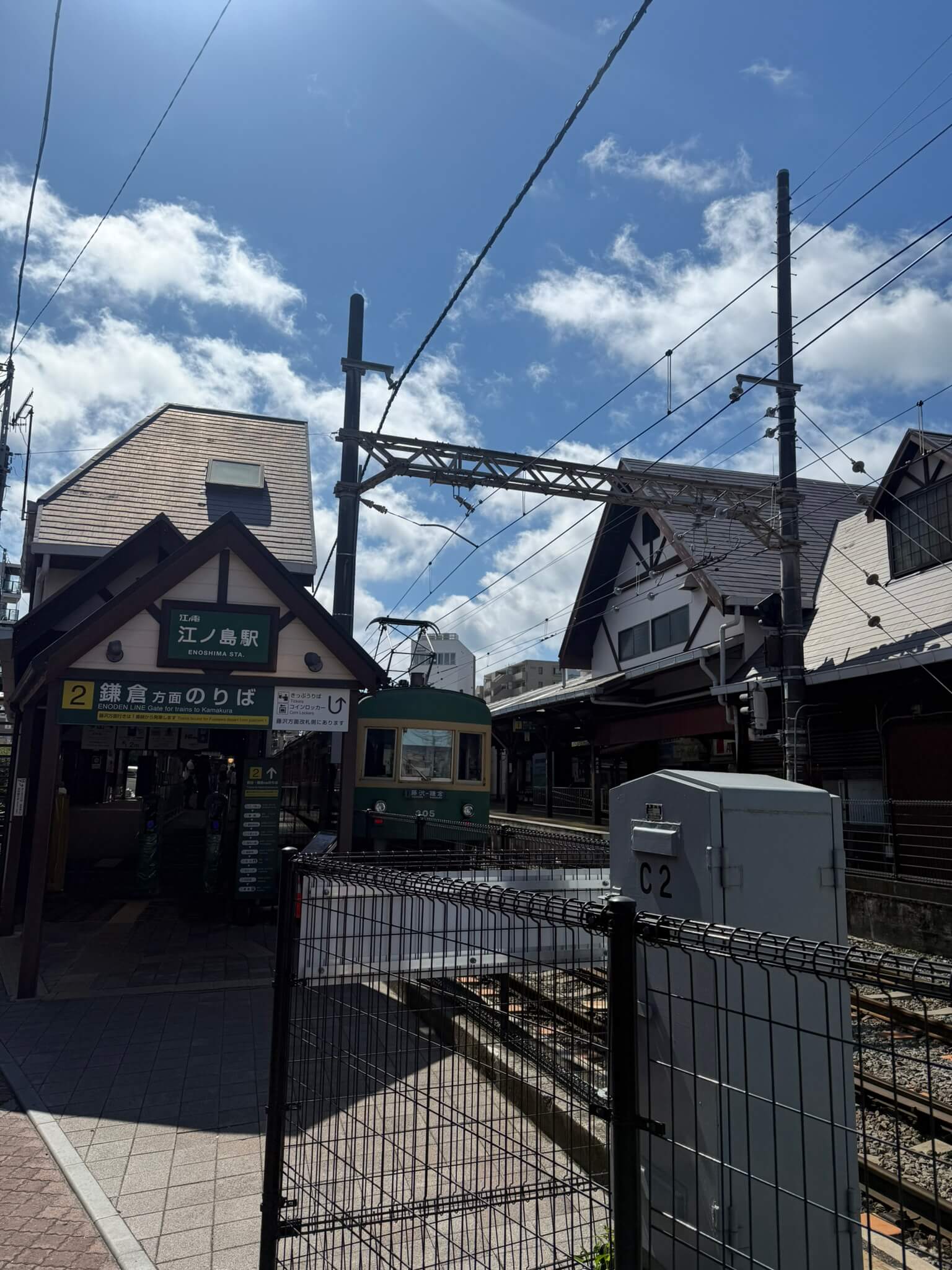
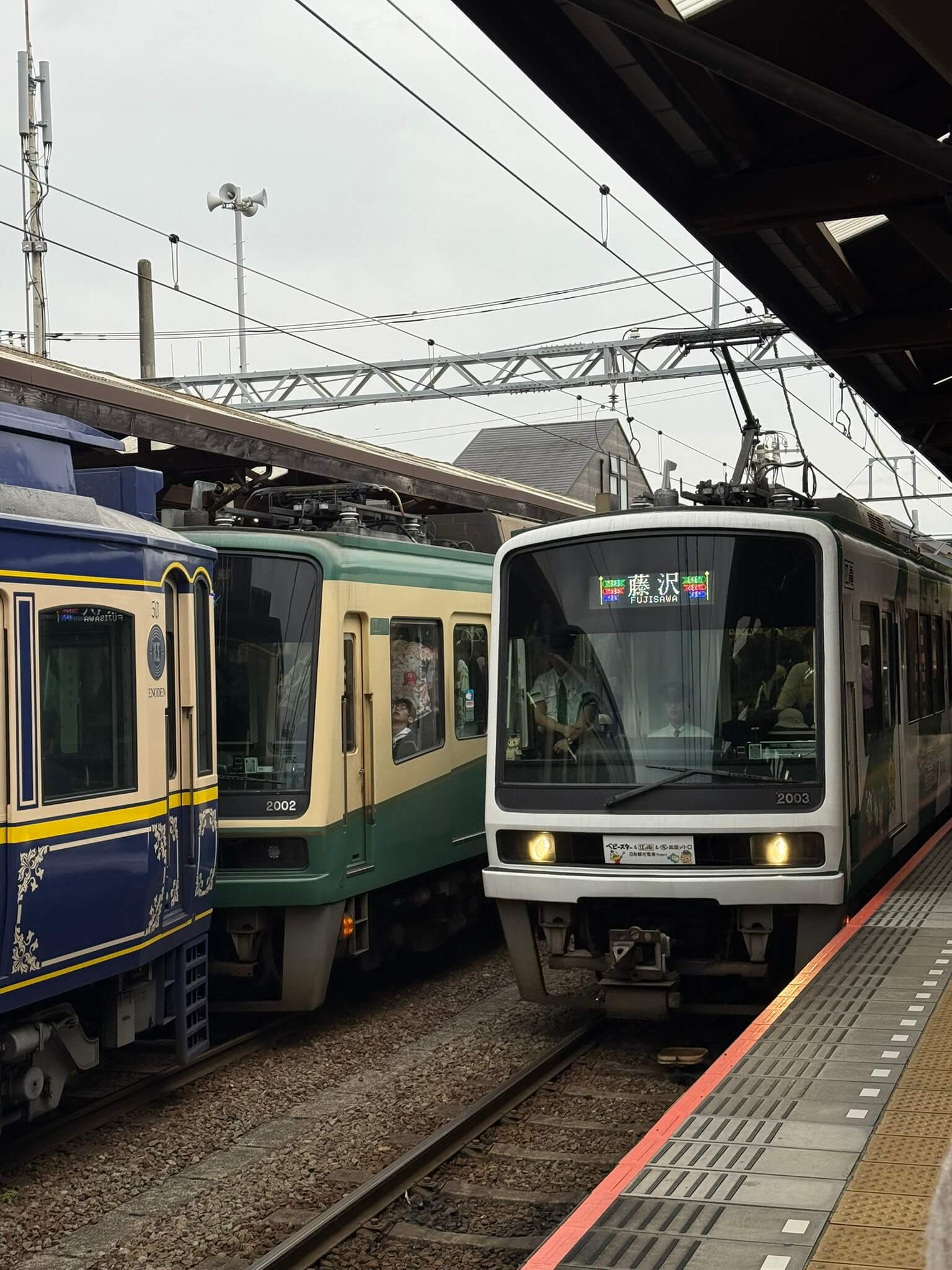
The second option is to take the Shonan Monorail from Ōfuna Station. It’s actually a pretty unique experience—unlike most trains, this is a suspended monorail, which means the train hangs below the track instead of riding on top of it.
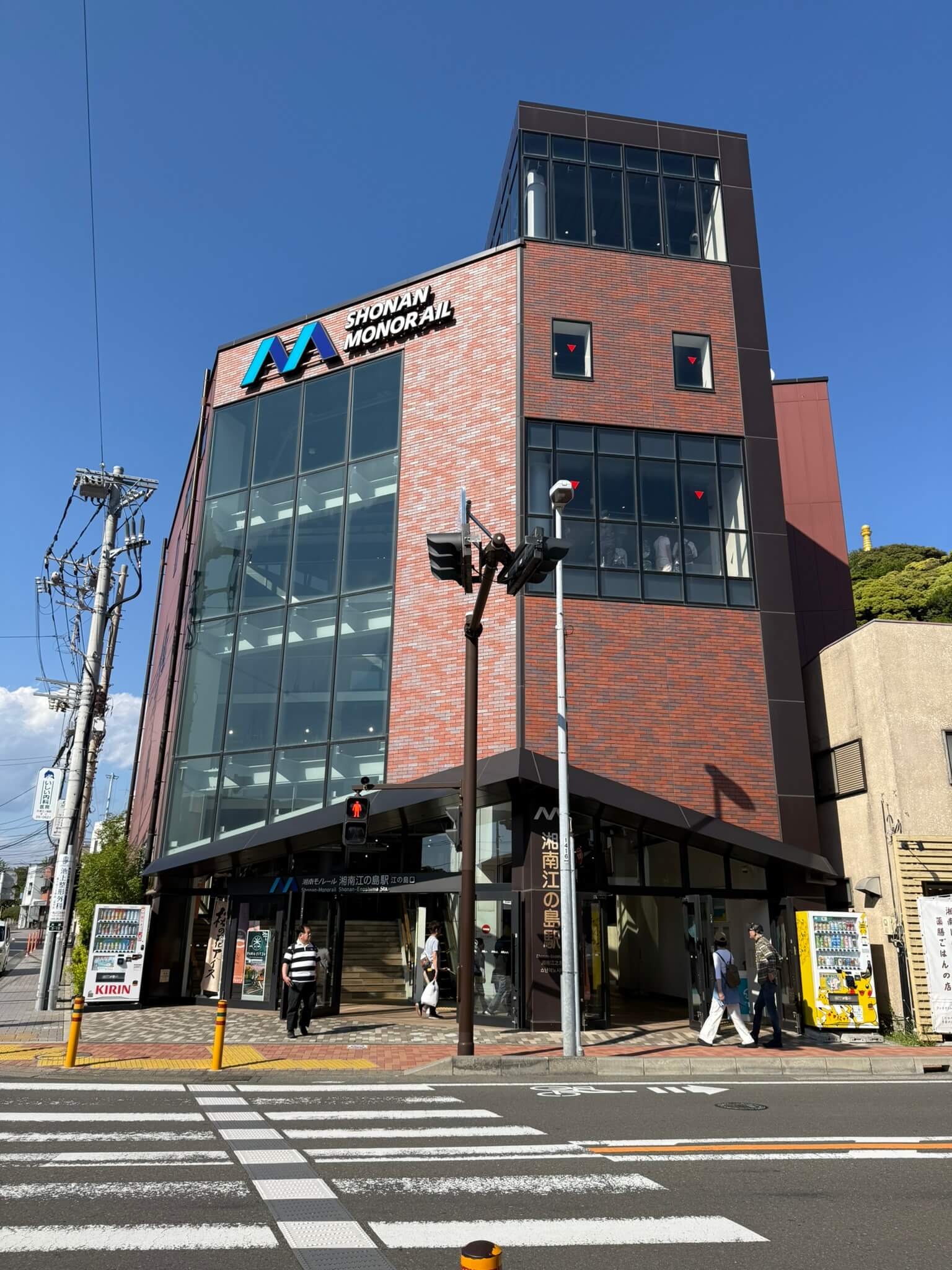
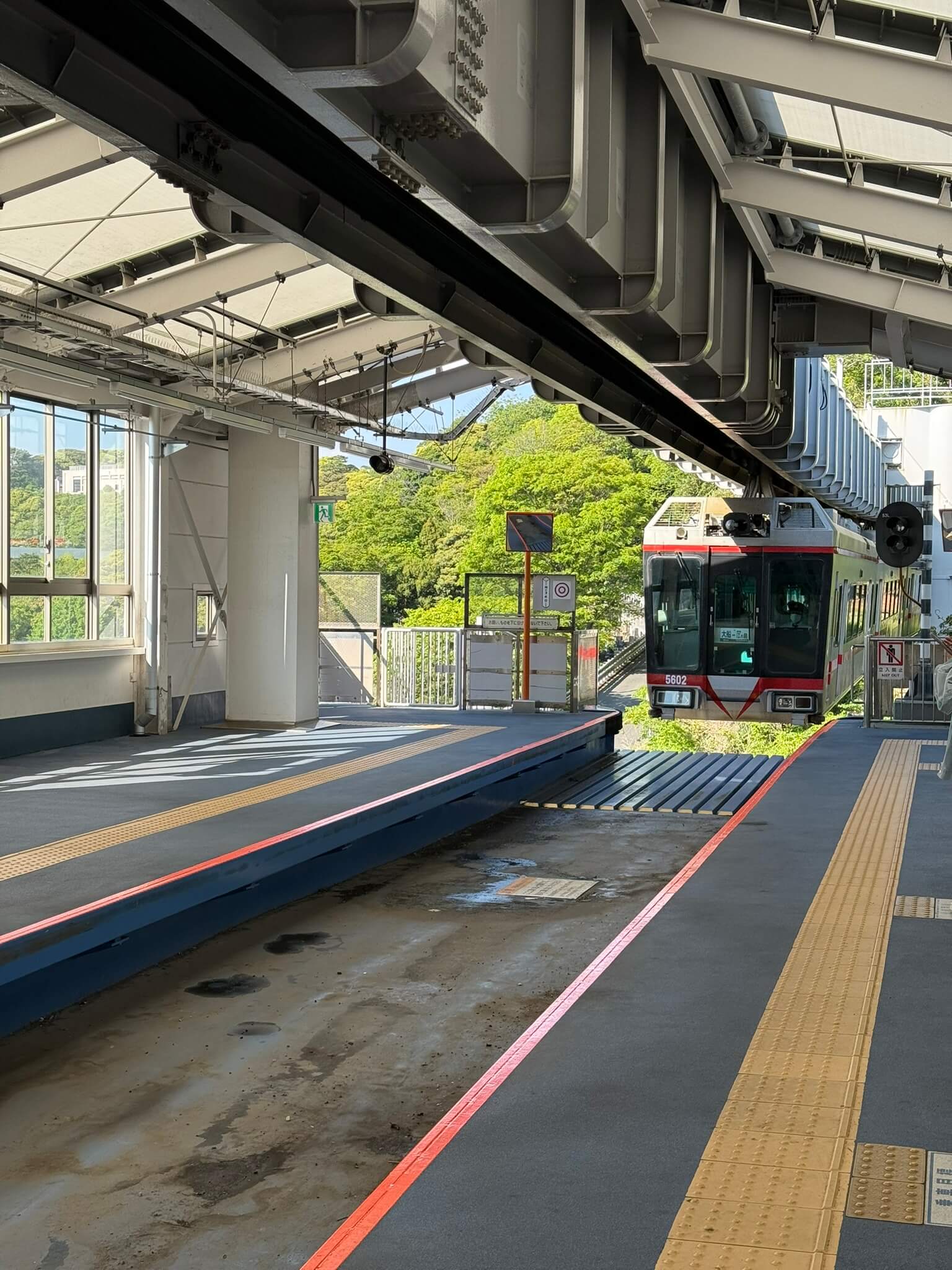
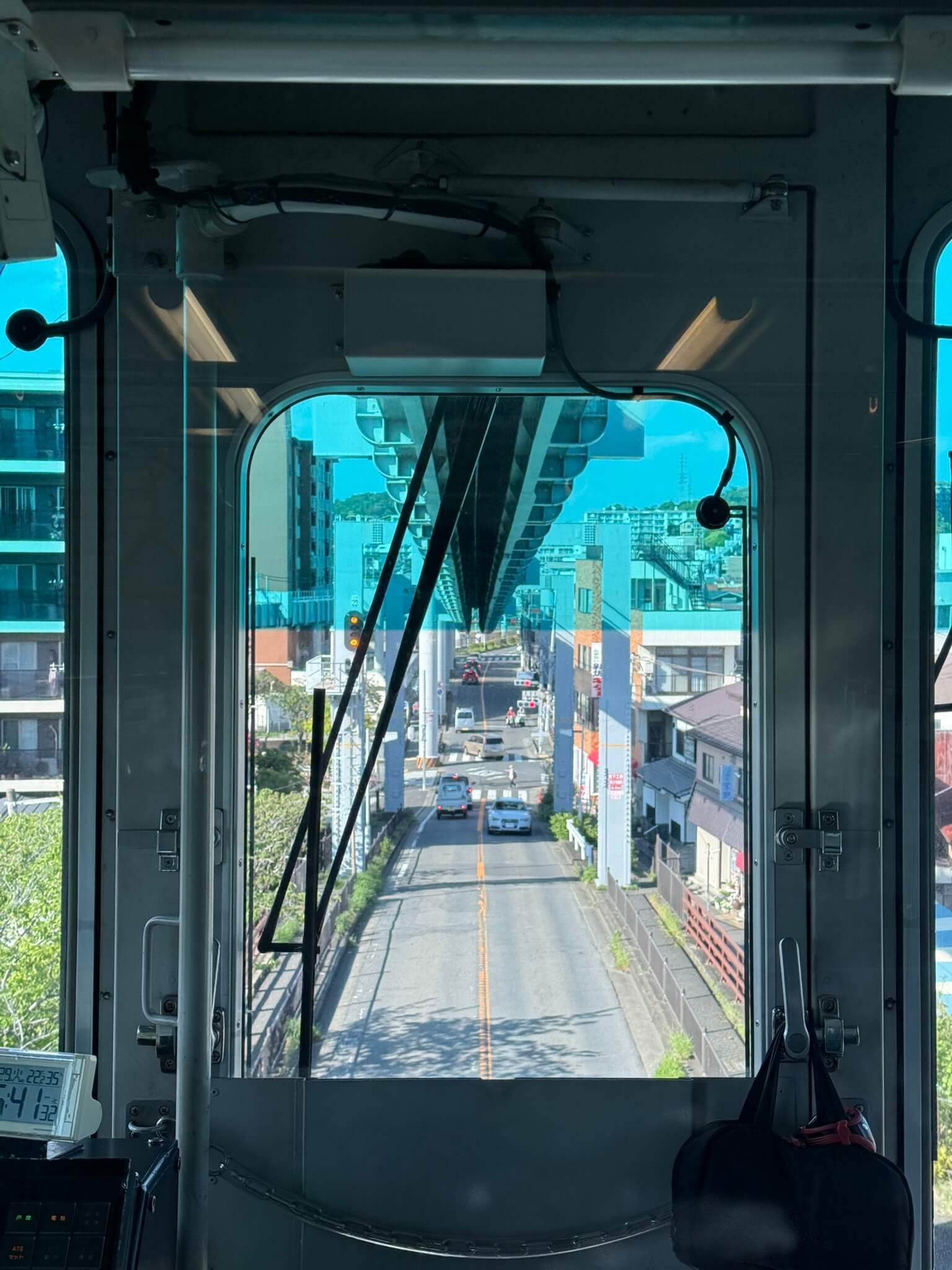
From the station, you’ll walk through a lively street lined with shops before reaching an underpass that leads to the bridge connecting to the island. While there is a bus option, most people opt for the easy 20-minute walk.
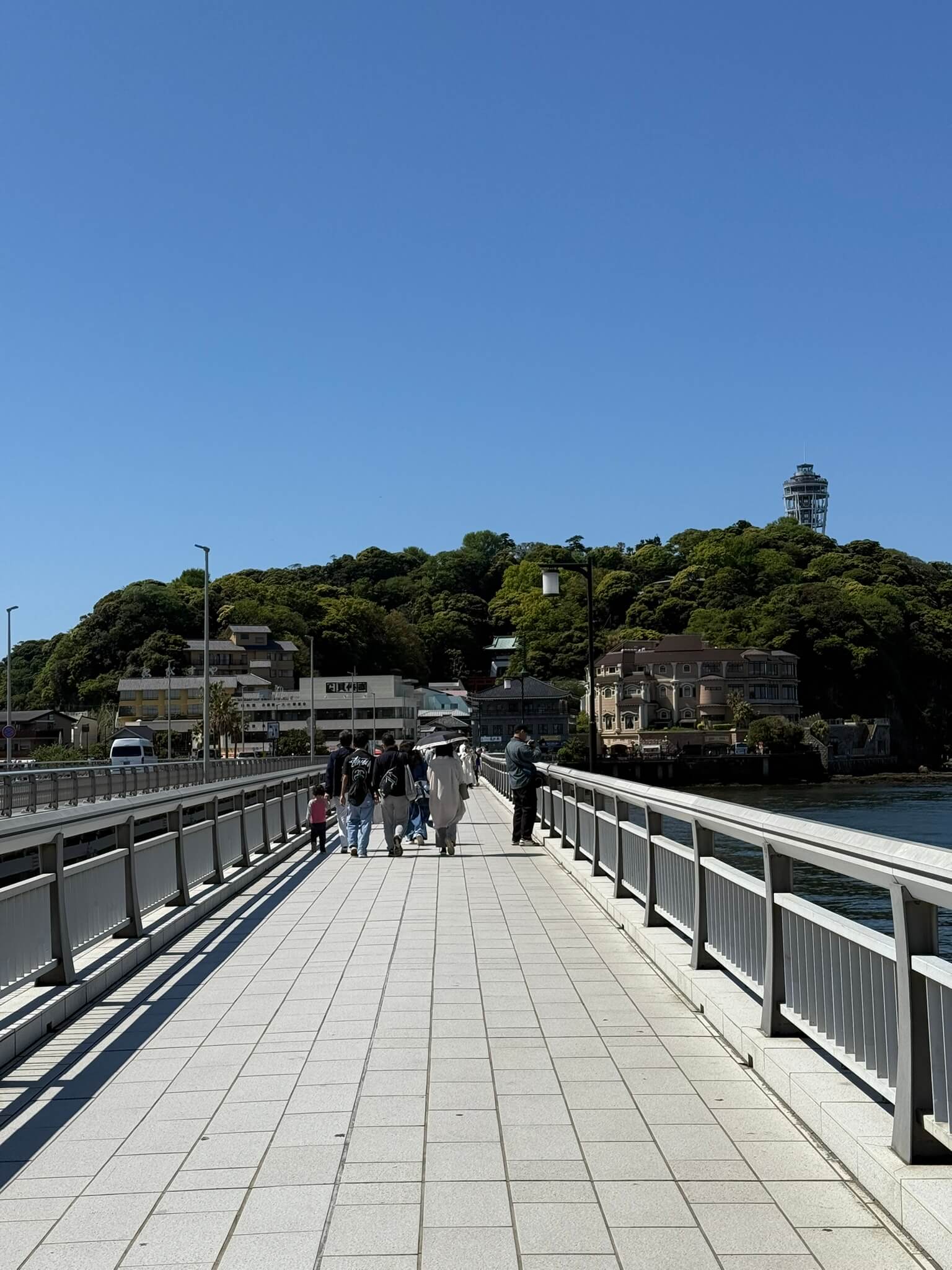
If you’re lucky, you might catch a glimpse of Mount Fuji in the distance—I did, and it was easily my favorite photo of the day. Just five minutes later, the clouds rolled in and it disappeared.
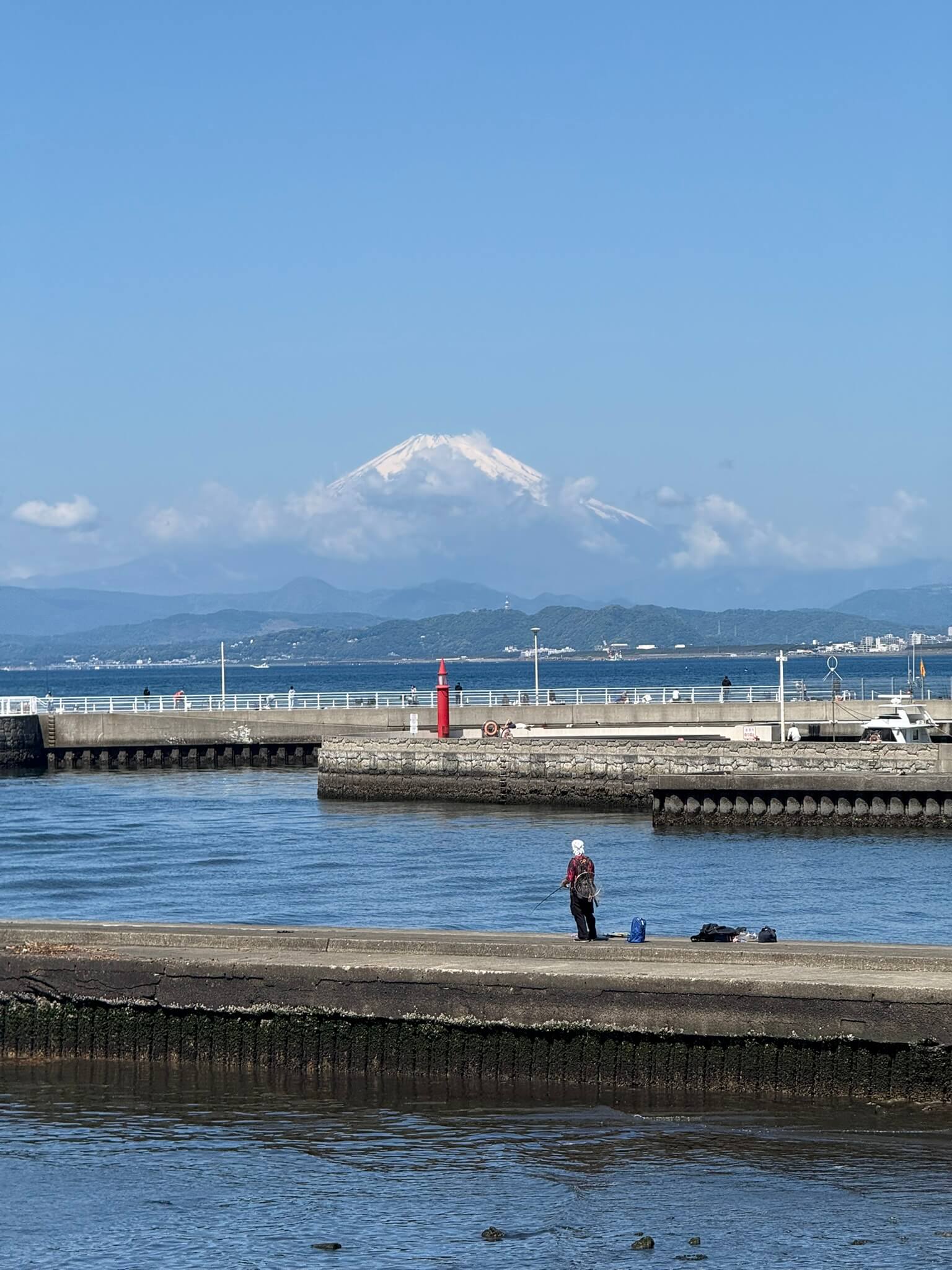
Along the bridge to the island, there’s actually a small boat service that takes you to the far side of Enoshima, near the Iwaya Caves. I didn’t take it myself, but it’s a good option if you’d prefer to skip the long walk across the island.
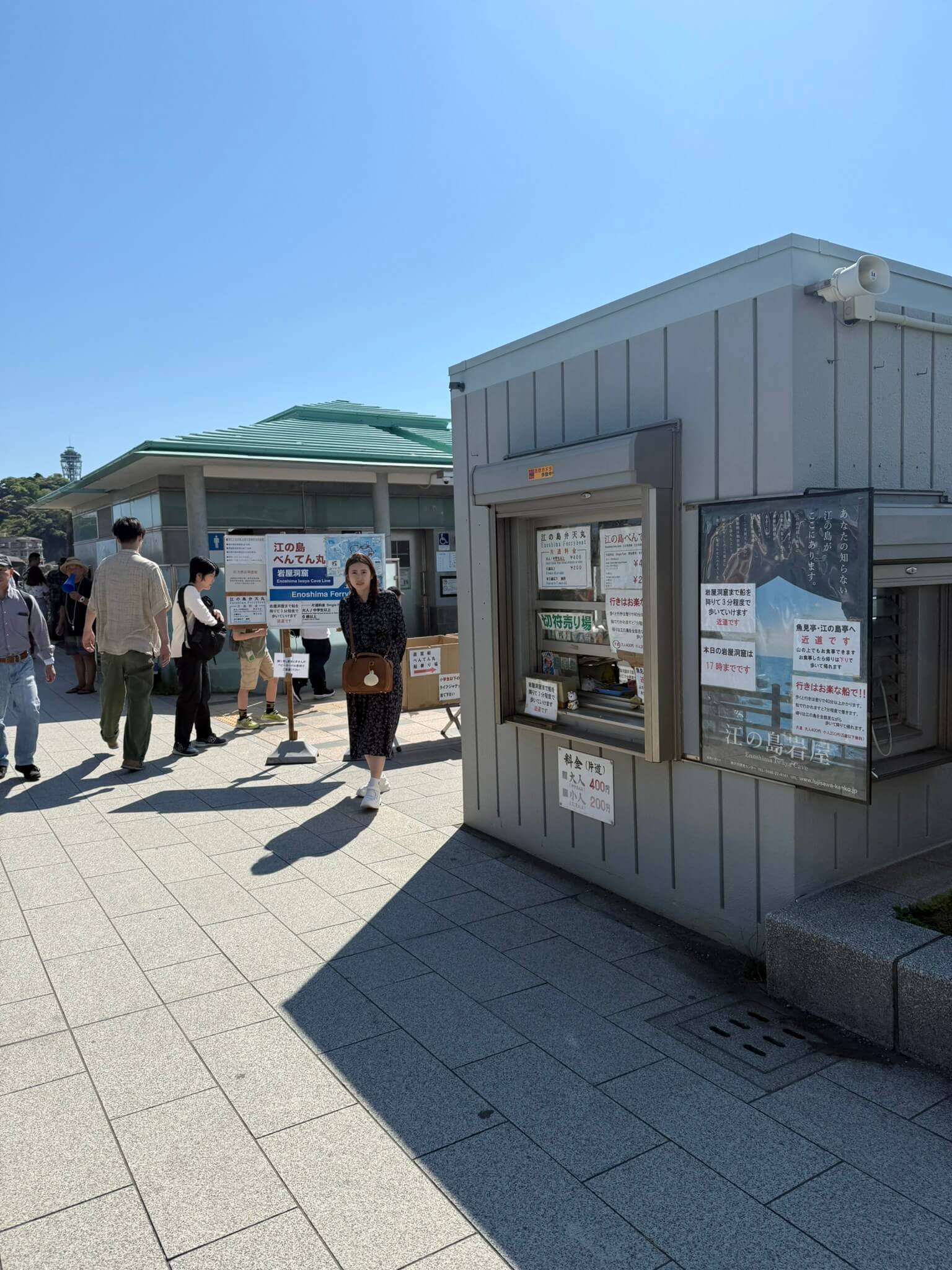
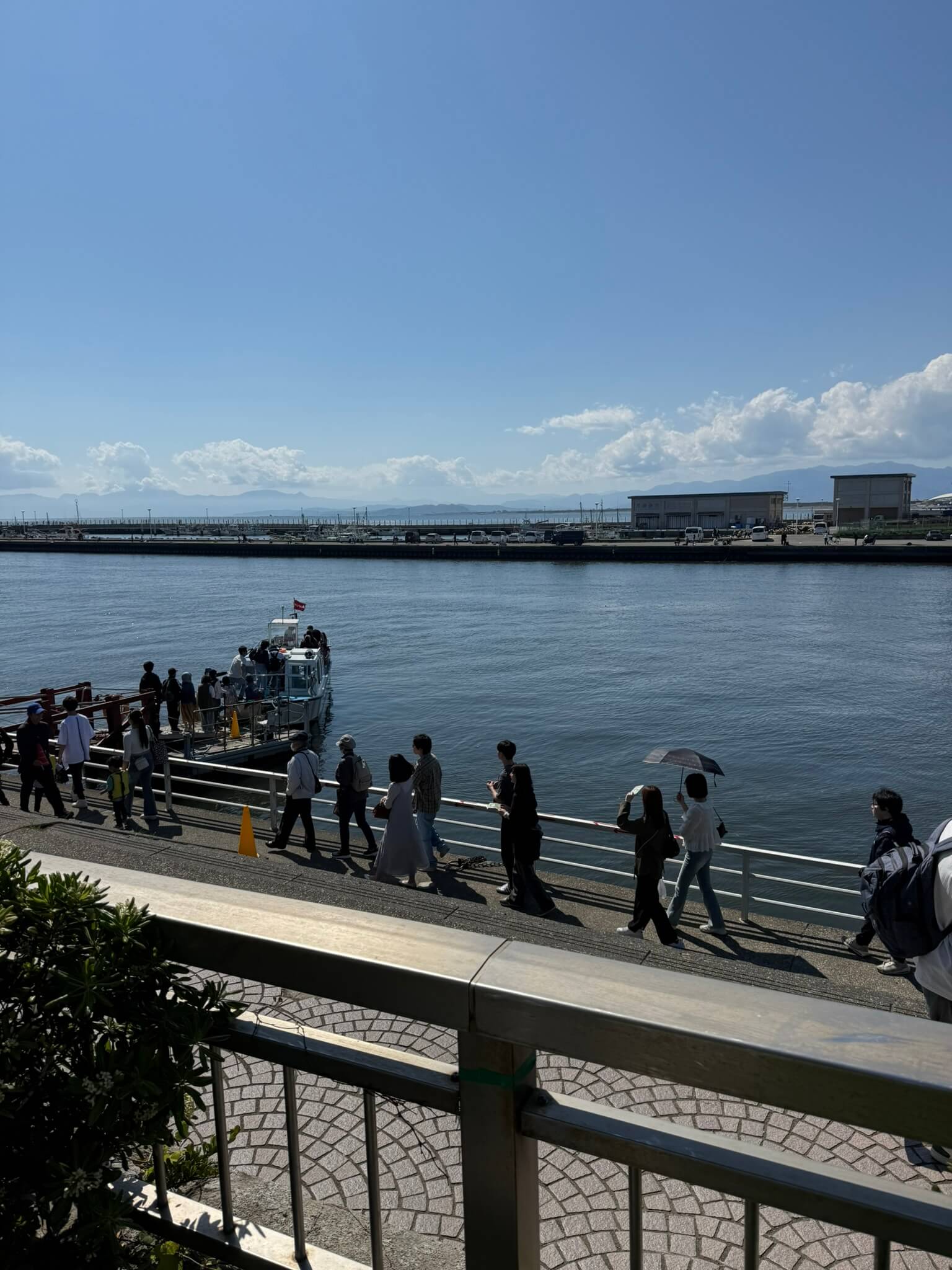
Getting around Kamakura
The main way to get around the island is to walk. Enoshima is a hilly island so to get from one side to the other you have to climb up and down and there are quite a lot of stairs. So it can be difficult.
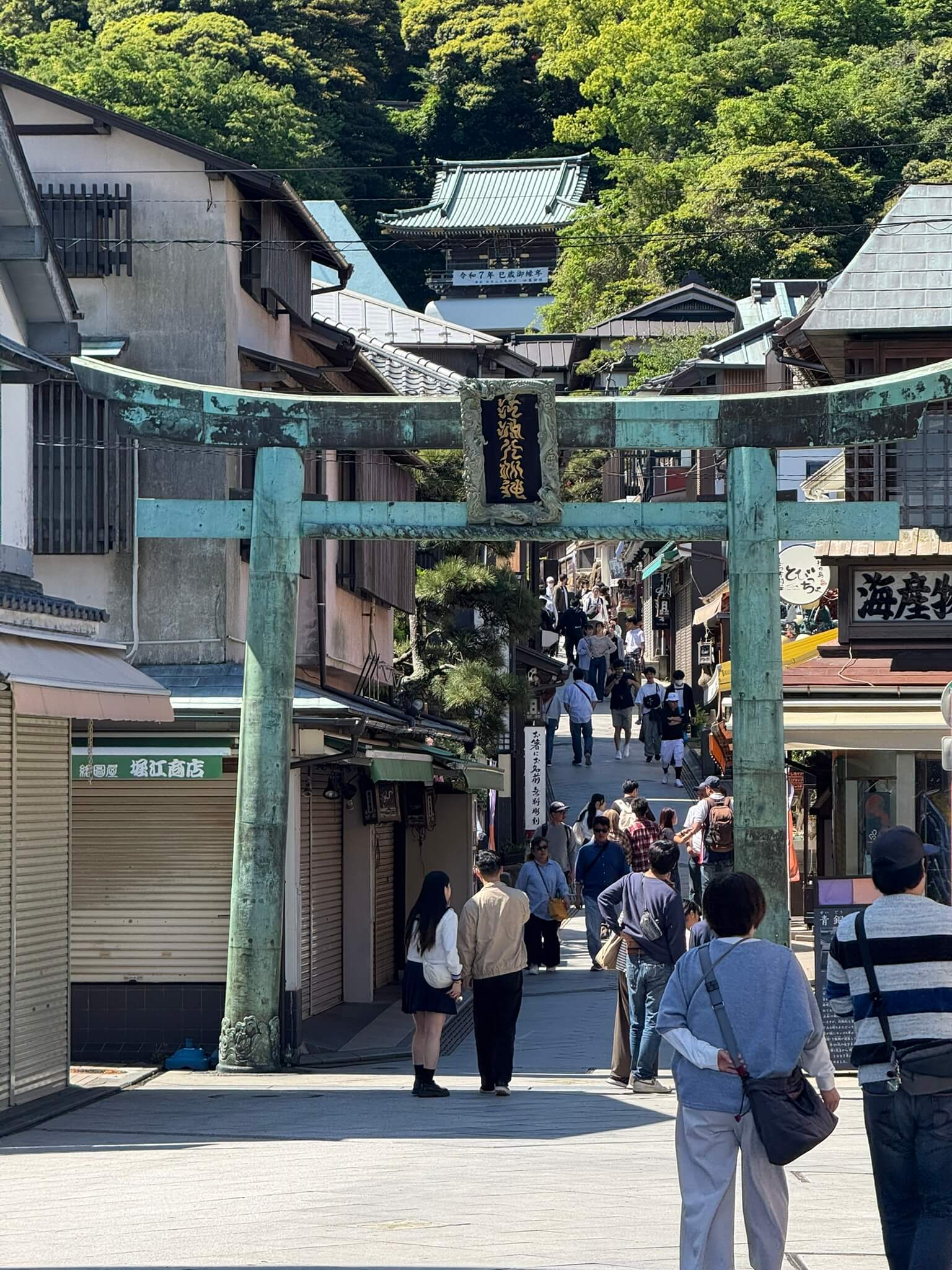
As you enter Enoshima and stroll down the main street, Benzaiten Nakamise Street, you’ll arrive at the base of the stairs leading up to Enoshima Shrine. From there, you can choose which path to take.
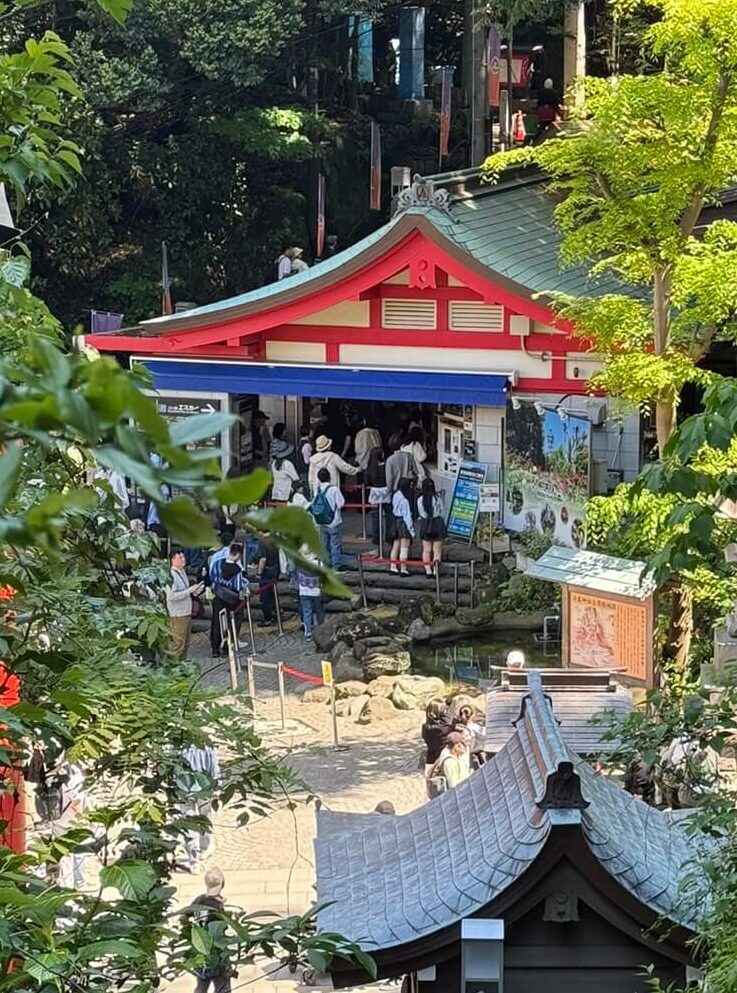
To the left you will see the building which is the start of the Enoshima Escar and you can purchase tickets for it. I will go into more detail in the next section.
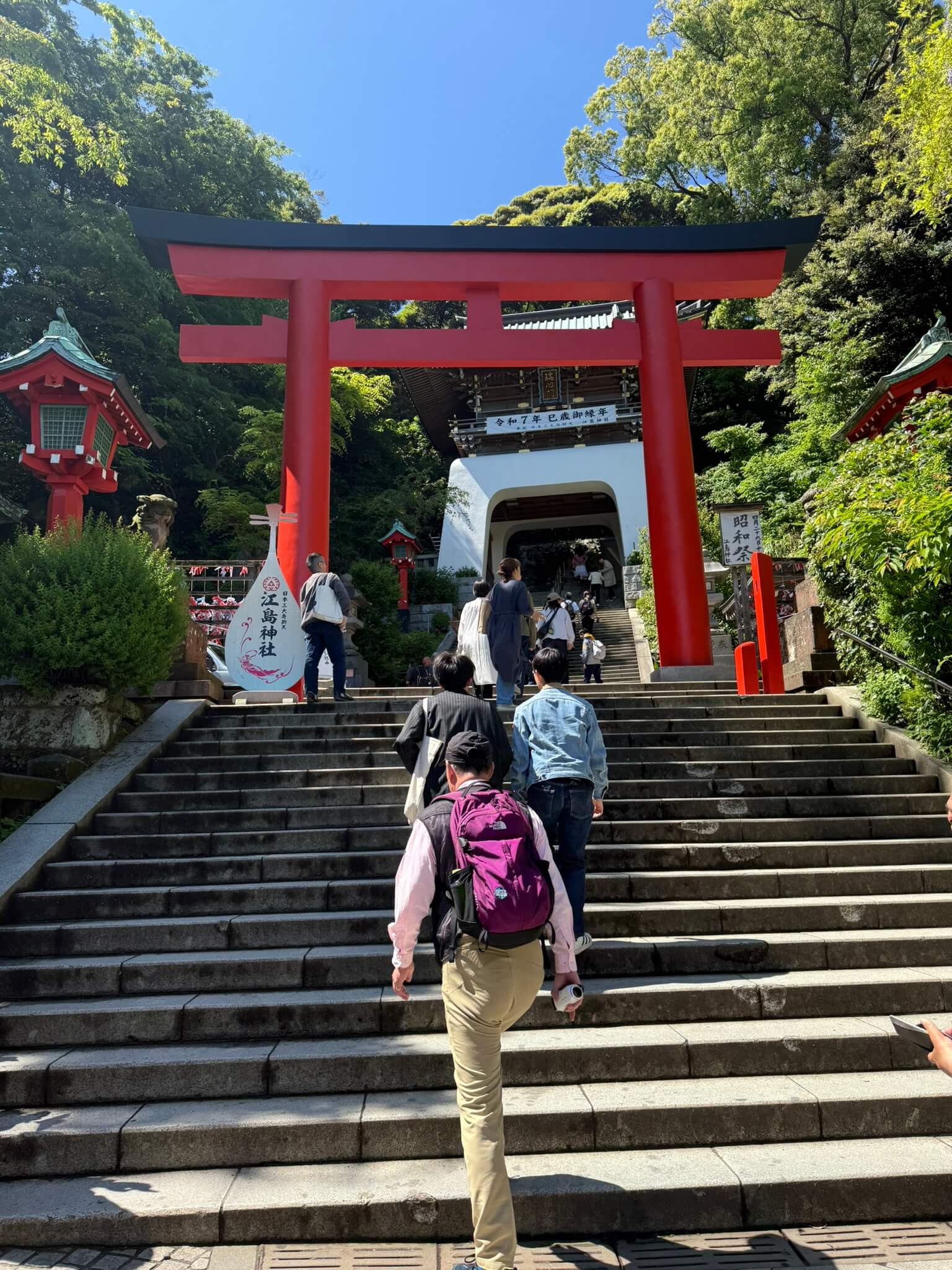
This is the stairs will bring you to Hetsumiya which is the main shrine. From here you can walk all the way to the top where the Sea Candle is.
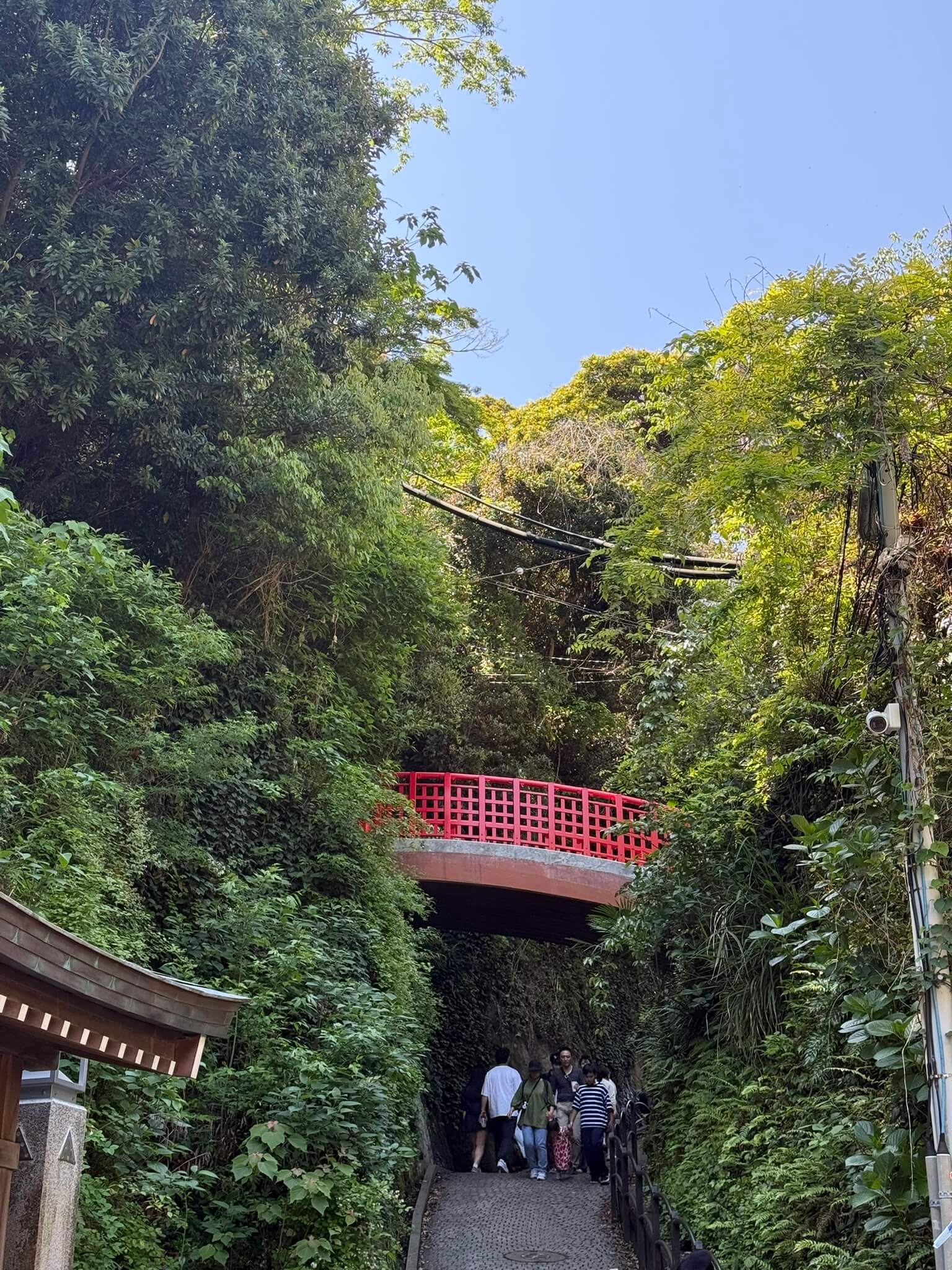
The path to the right will bring you to the back of the island where the Shrine Okutsumiya and Iwaya Caves are at.
Enoshima Escar (Escalator)
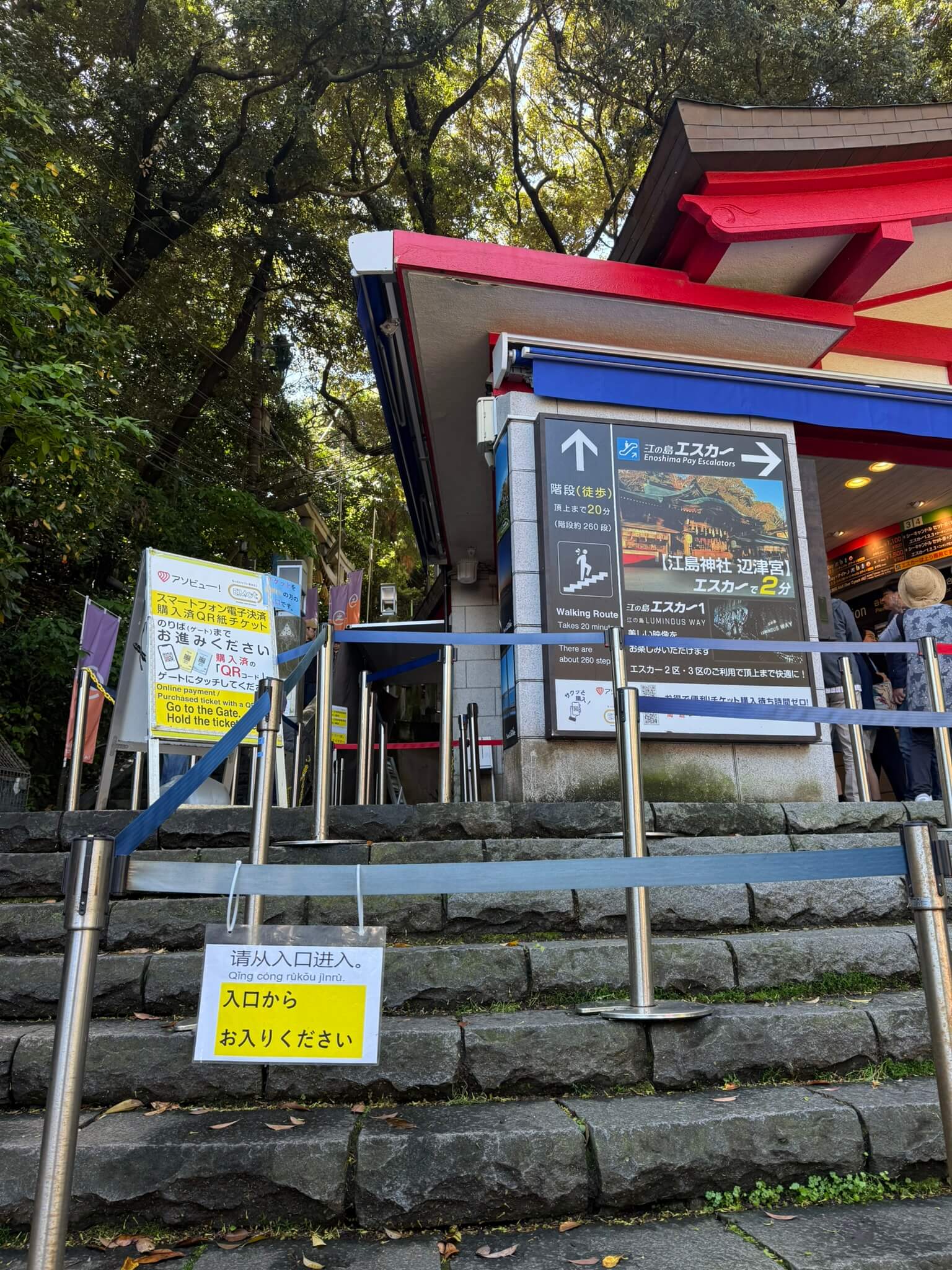
The Enoshima Escar is the first outdoor escalator in Japan built in 1954. It consists of three escalators that take you up to the Sea Candle and Samuel Cocking Garden. However, they are one-way only—so you’ll need to make your own way back down.
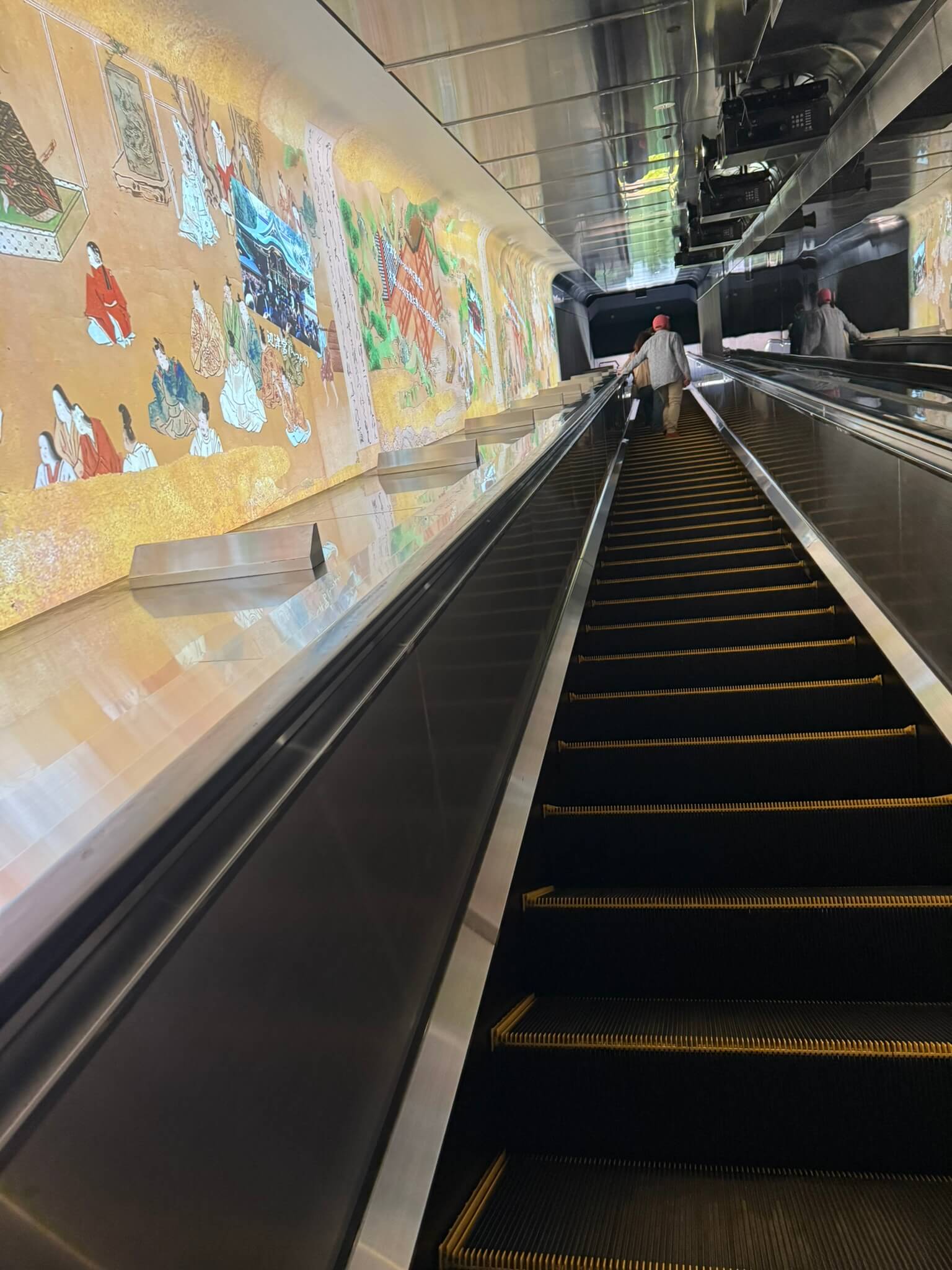
Between each escalator, there’s a short walk to the next one—but it’s a nice chance to enjoy the views along the way.
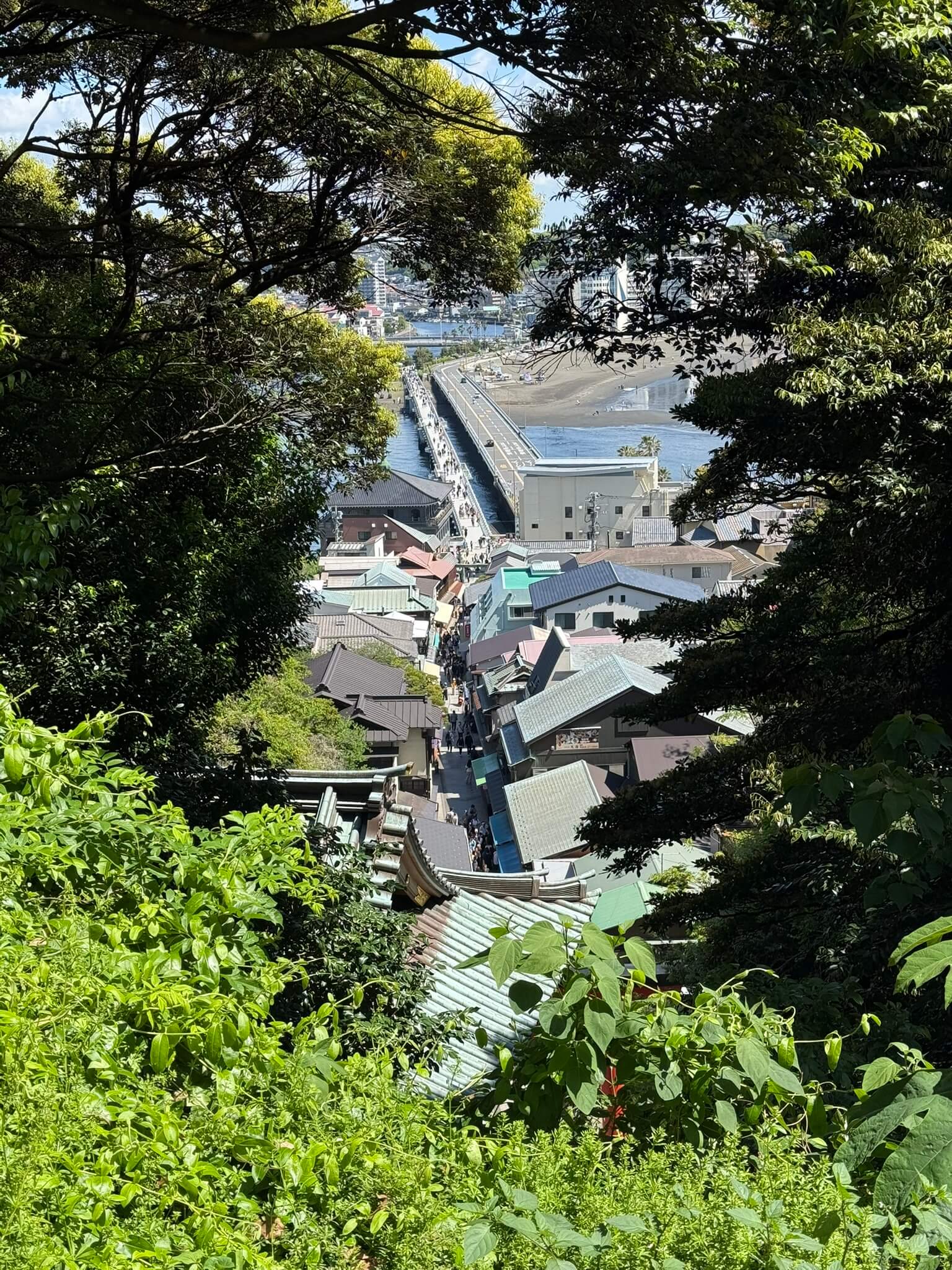
You can pay for the use of the 3 escalators but there are also passes that include other attractions. More information can be found on the Discover Fujisawa Website.
I purchased the Enoshima 1-Day Ticket for 1,100 yen, which includes access to the Escar (360 yen), Sea Candle and Samuel Cocking Garden (500 yen), and Iwaya Caves (500 yen). Without the pass, it would have cost 1,360 yen in total—so you save a bit.
I do like to walk but personally I would recommend the Escar as it saves time and energy.
Enoshima Escar
Opening Hours:
08:50-19:05
Fare:
360 yen
Enoshima Shrine
Enoshima Shrine is dedicated to Benzaiten, the goddess of music, wealth, and knowledge. It’s actually made up of three main shrines—Hetsunomiya, Nakatsunomiya, and Okutsunomiya—scattered across the island.
To be honest, I didn’t know this at the time. But as I made my way to the other attractions, I ended up passing by all three shrines—which is how I managed to capture photos of each without even realizing it!
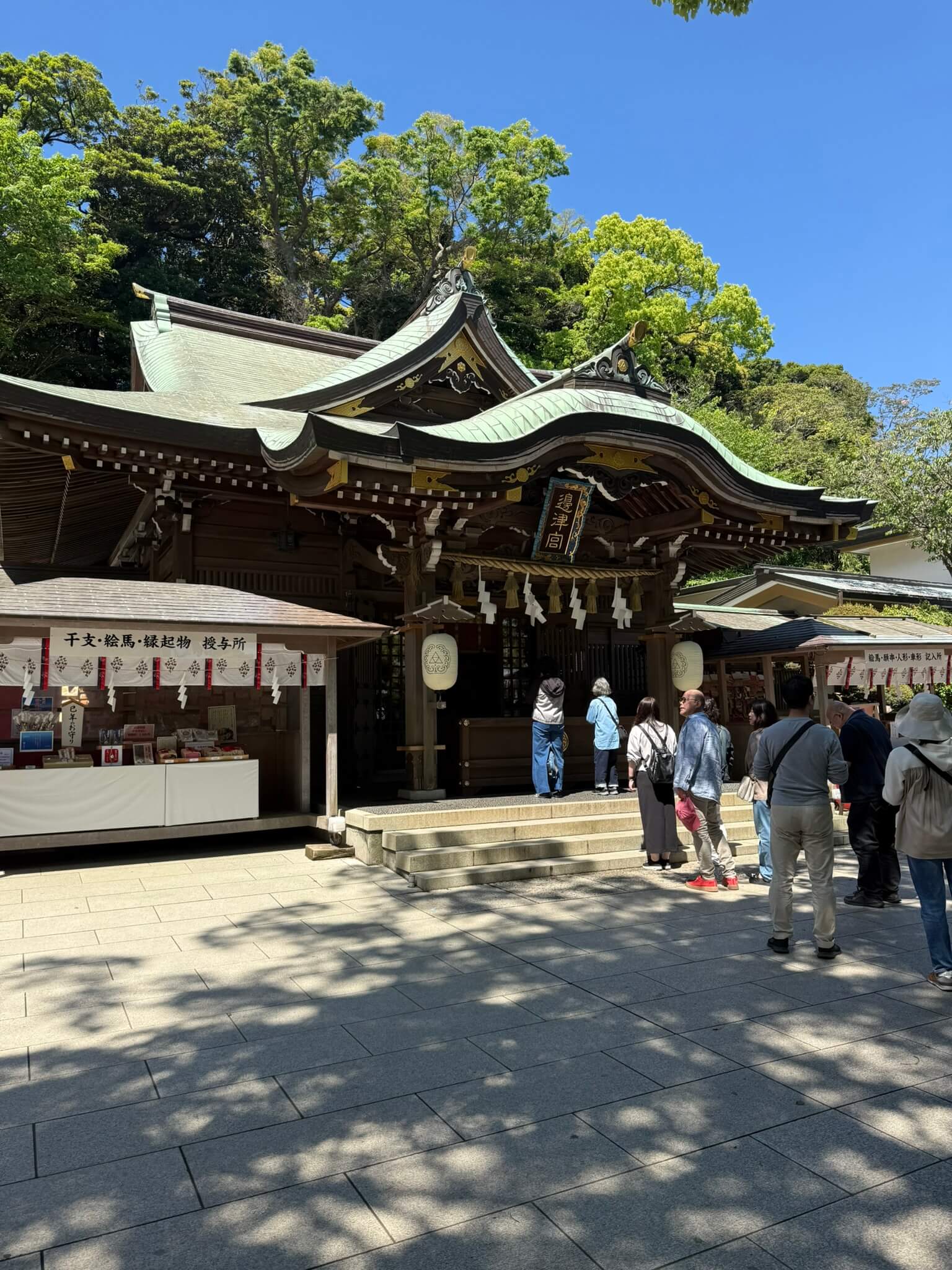
Hetsunomiya
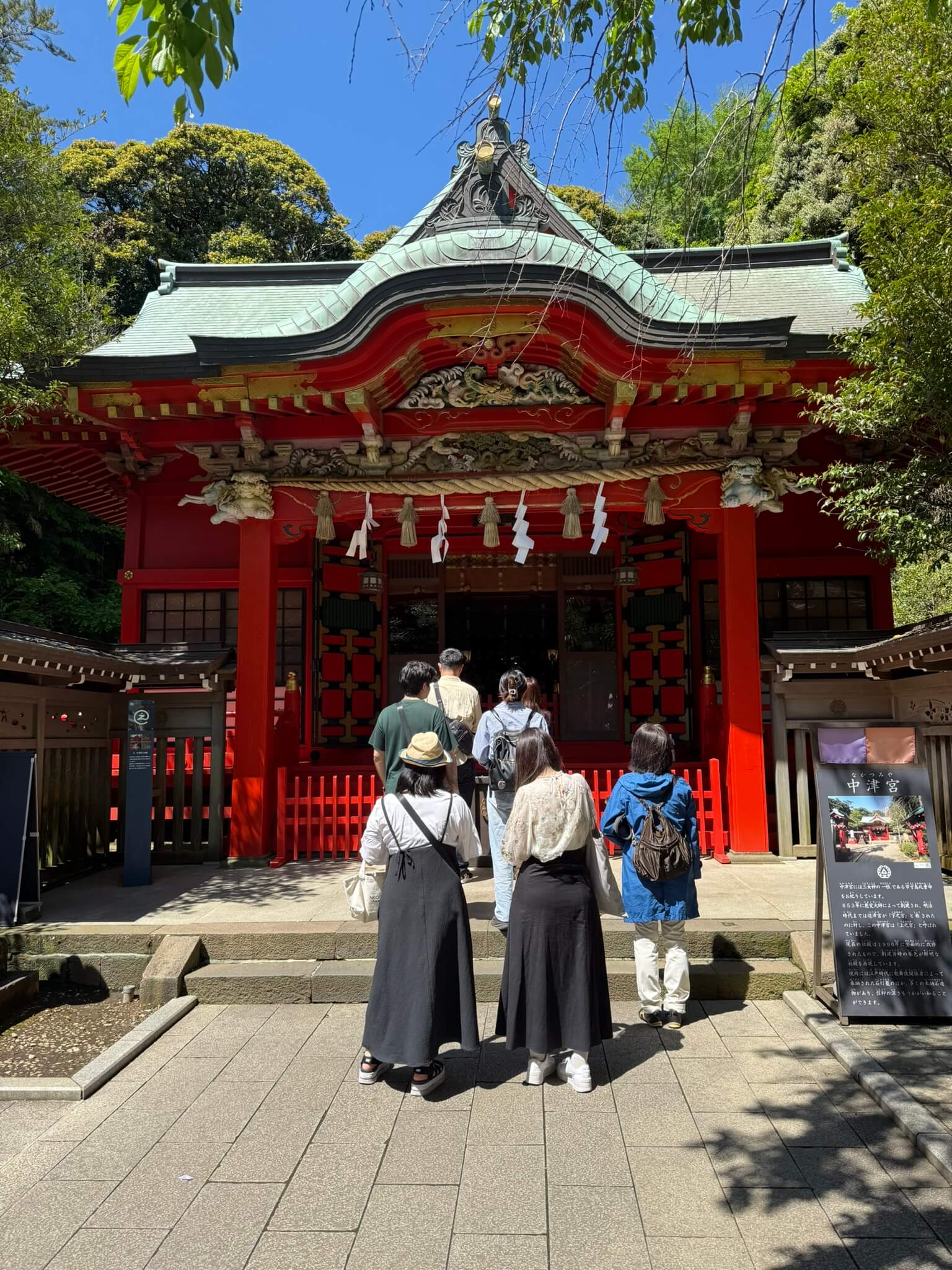
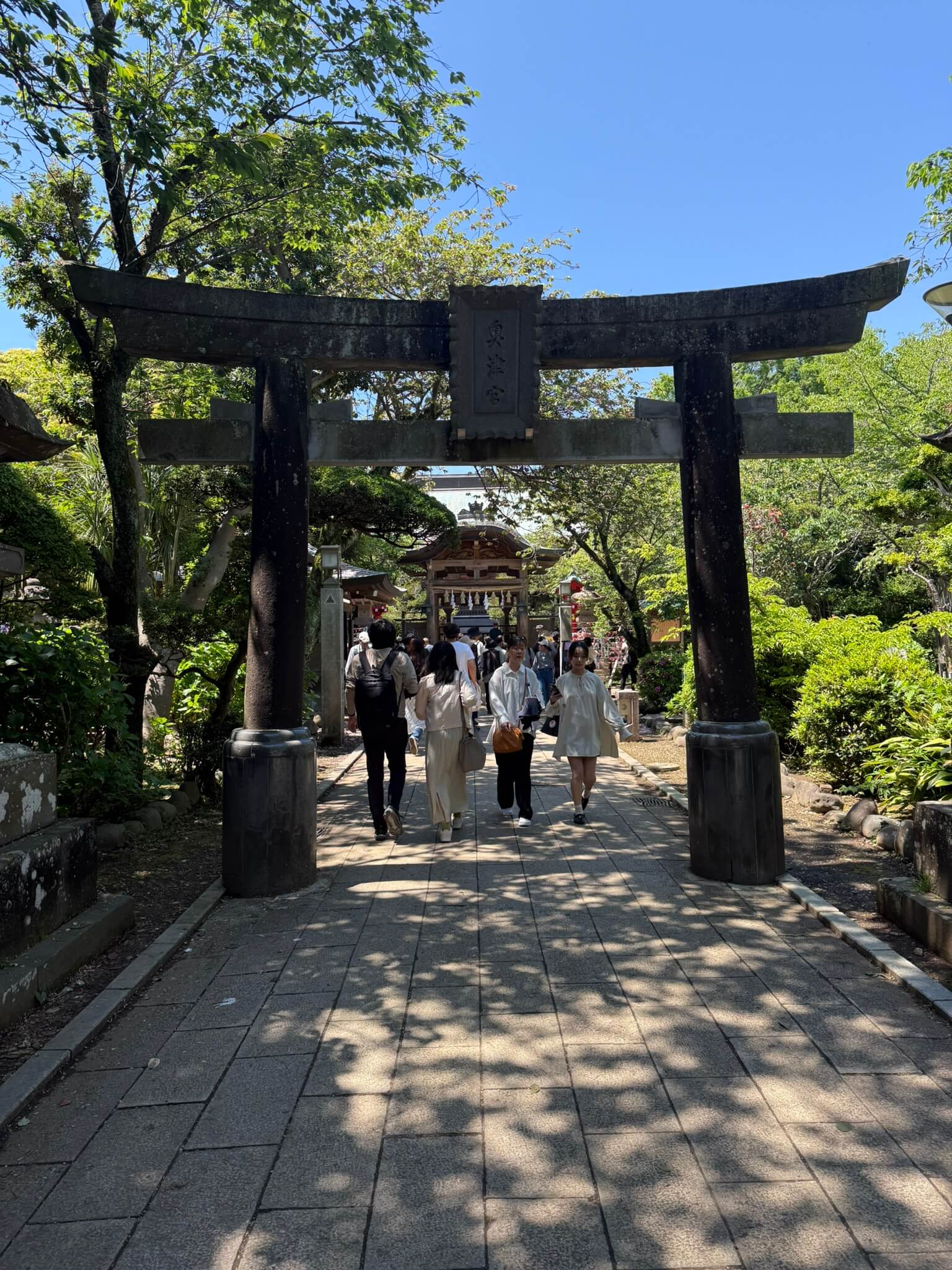
Enoshima Shrine
Opening Hours:
24 Hours
Samuel Cocking Garden
Samuel Cocking was a British merchant who built his residence on Enoshima, along with a 10,000m² botanical garden filled with rare plants from around the world. After his death, the garden fell into ruin, but it was later purchased by the city of Fujisawa and beautifully restored into the garden you see today.
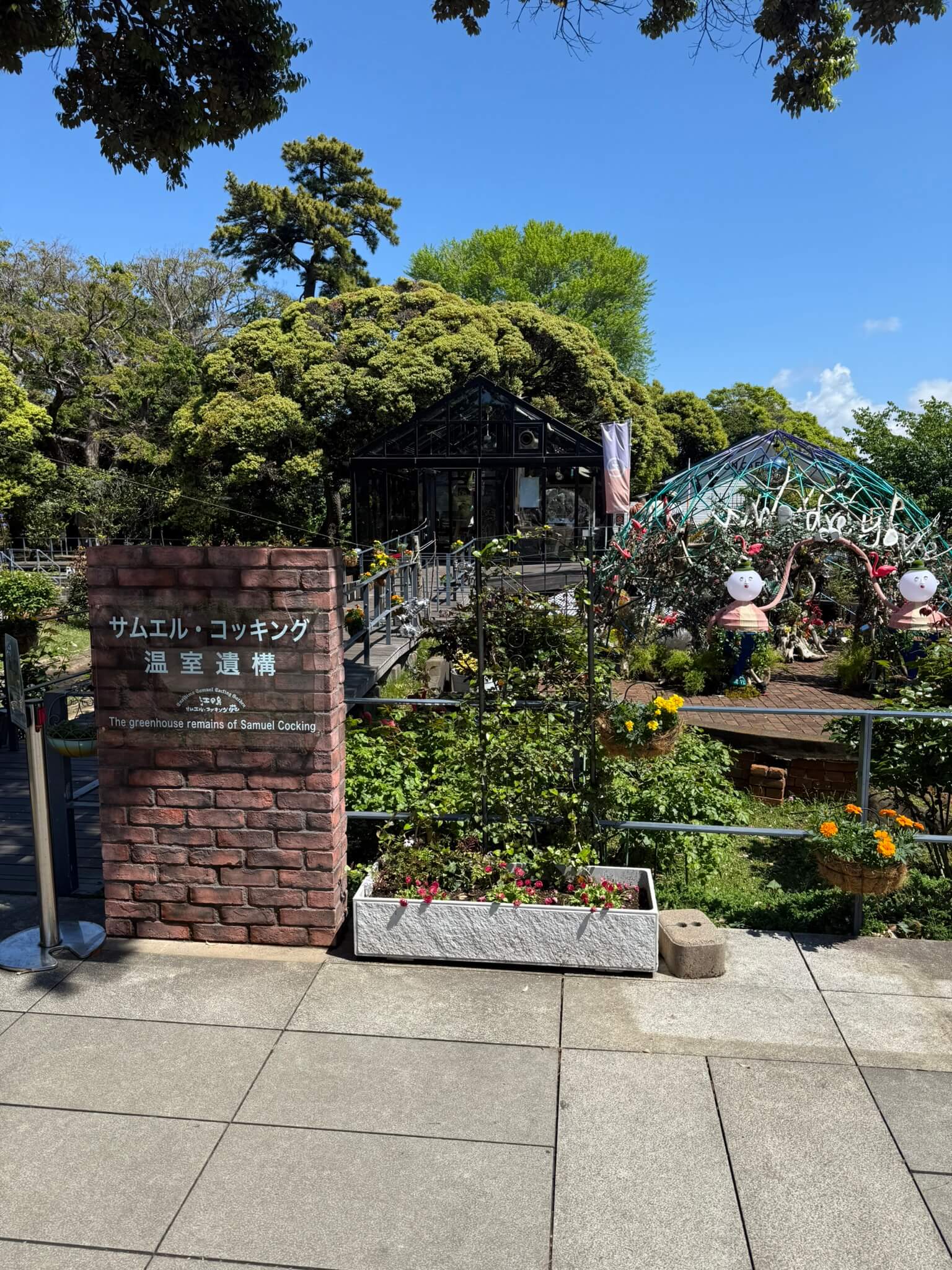
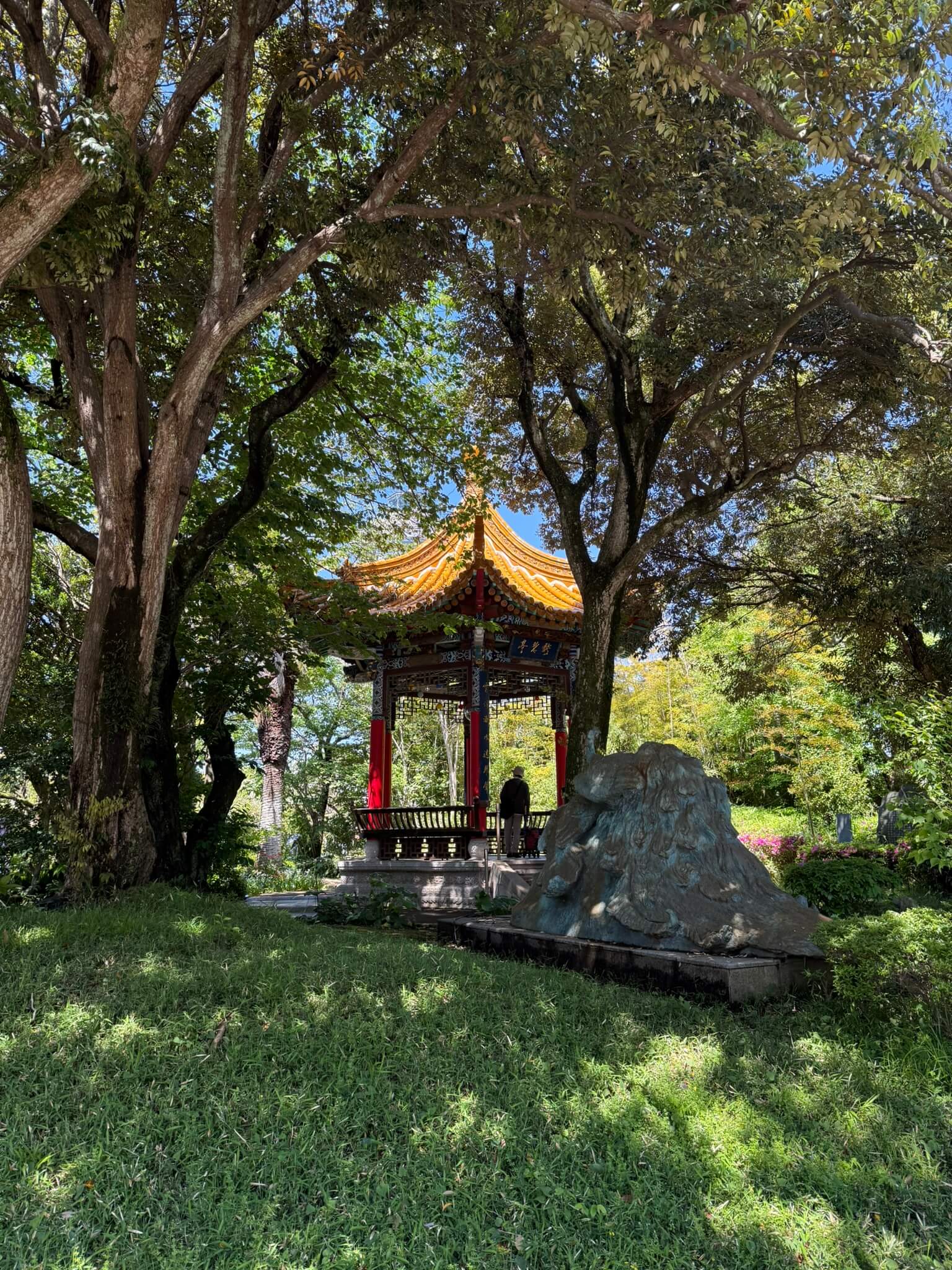
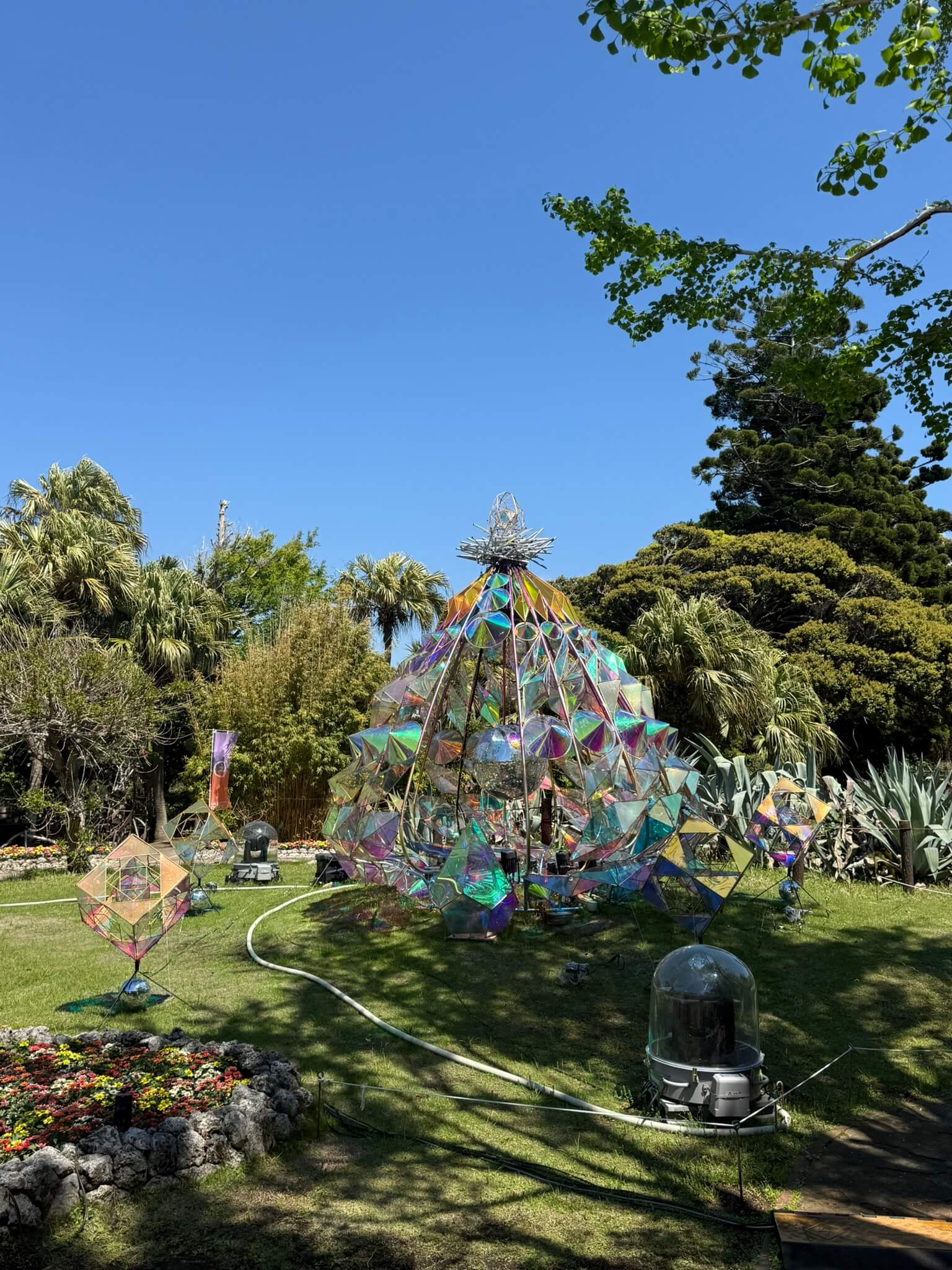
The garden hosts various seasonal events, many of which feature beautiful night illuminations. When I visited, the Enoshima Art Festival was taking place, so there were several artistic structures set up throughout the garden. I didn’t stay until nightfall, but I can only imagine how beautiful it must have looked all lit up.
Do note that during such events, if you enter or leave the garden at night, there may be an additional fee.
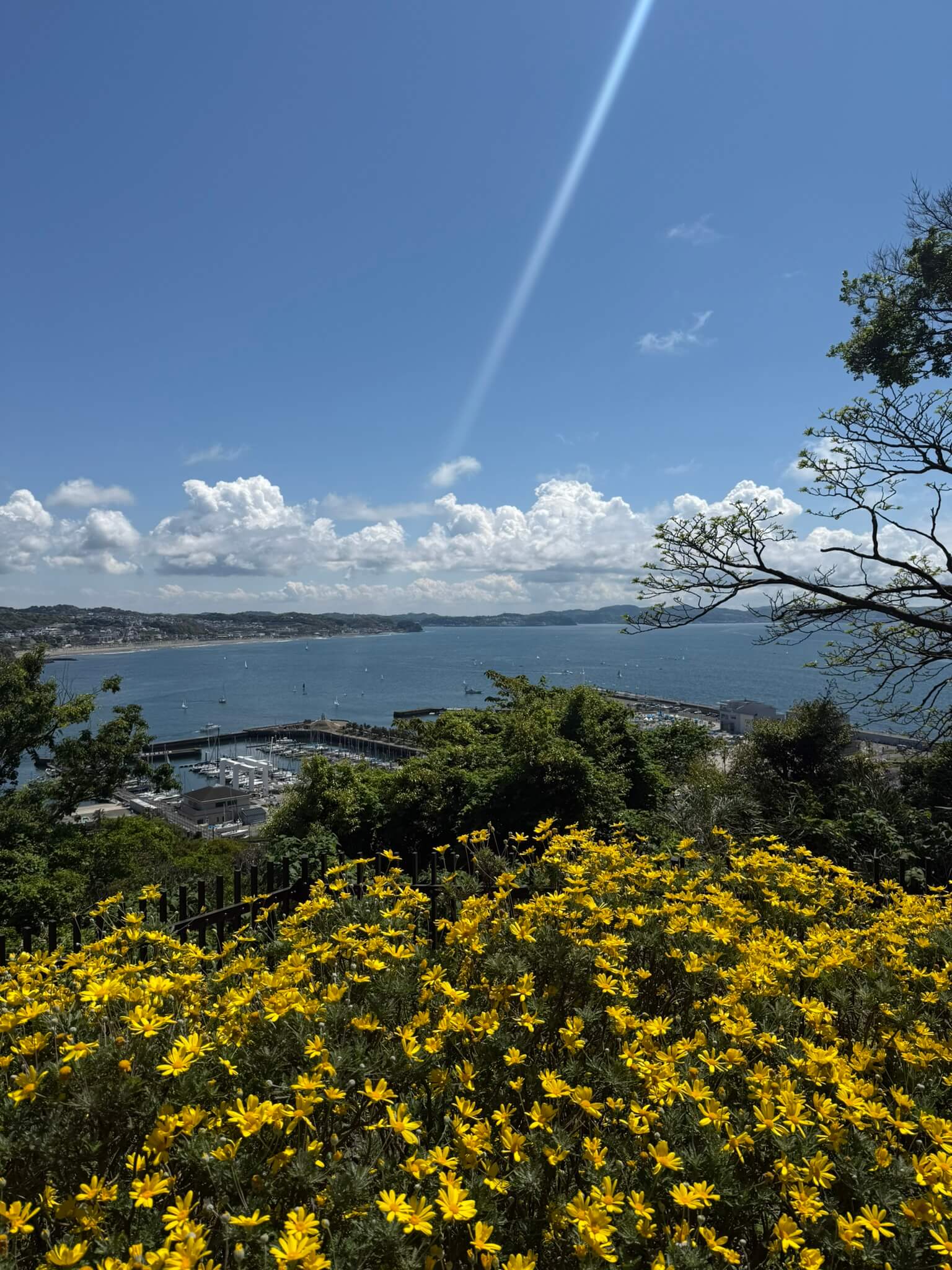
Since the garden is located at the top of Enoshima, it offers beautiful views of the coastline. This photo was taken just outside Lon Café, where I took a short break to escape the heat.
Samuel Cocking Garden
Opening Hours:
9:00-20:00
Admission:
Free except at night during events
Lon Cafe
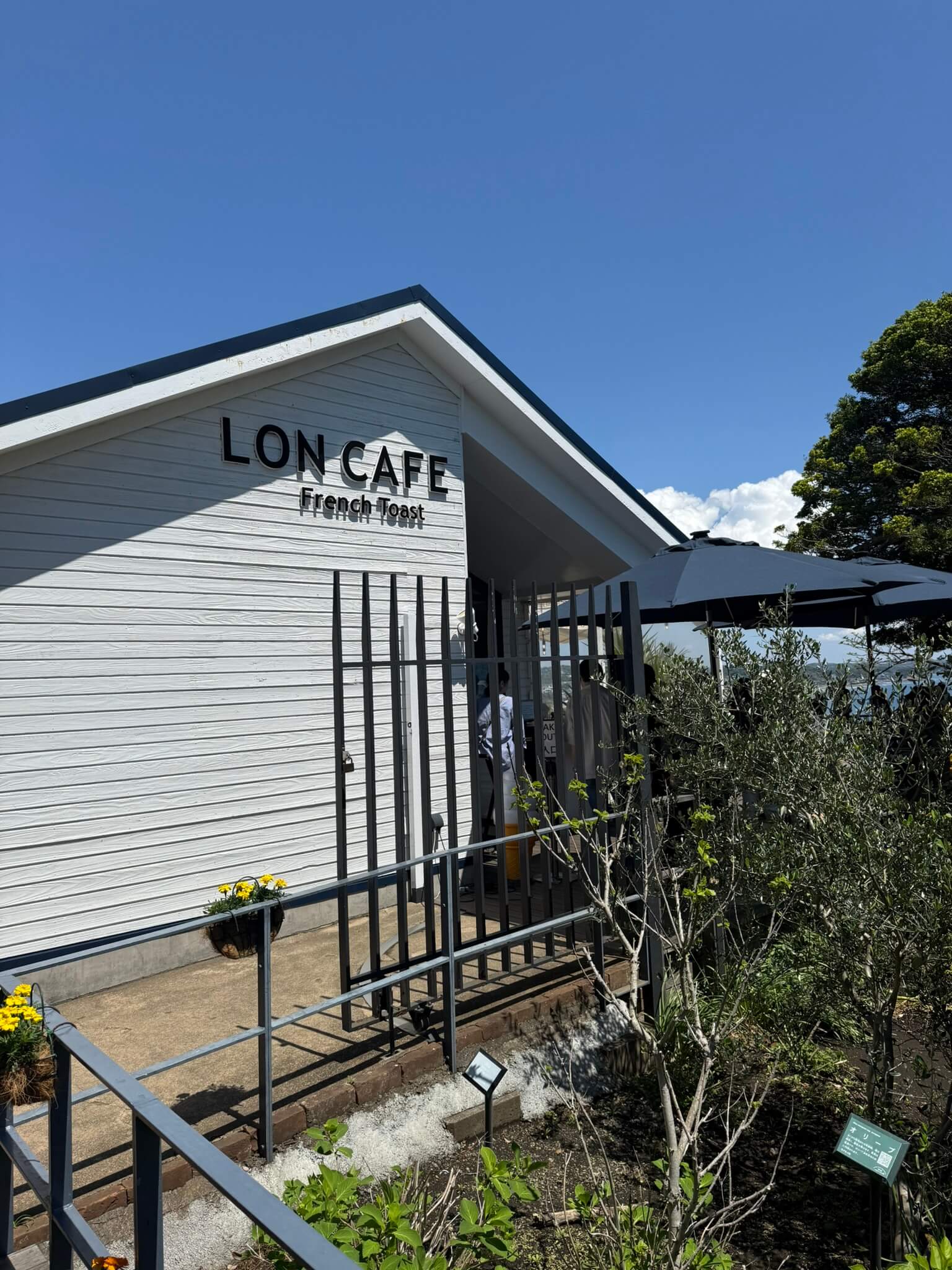
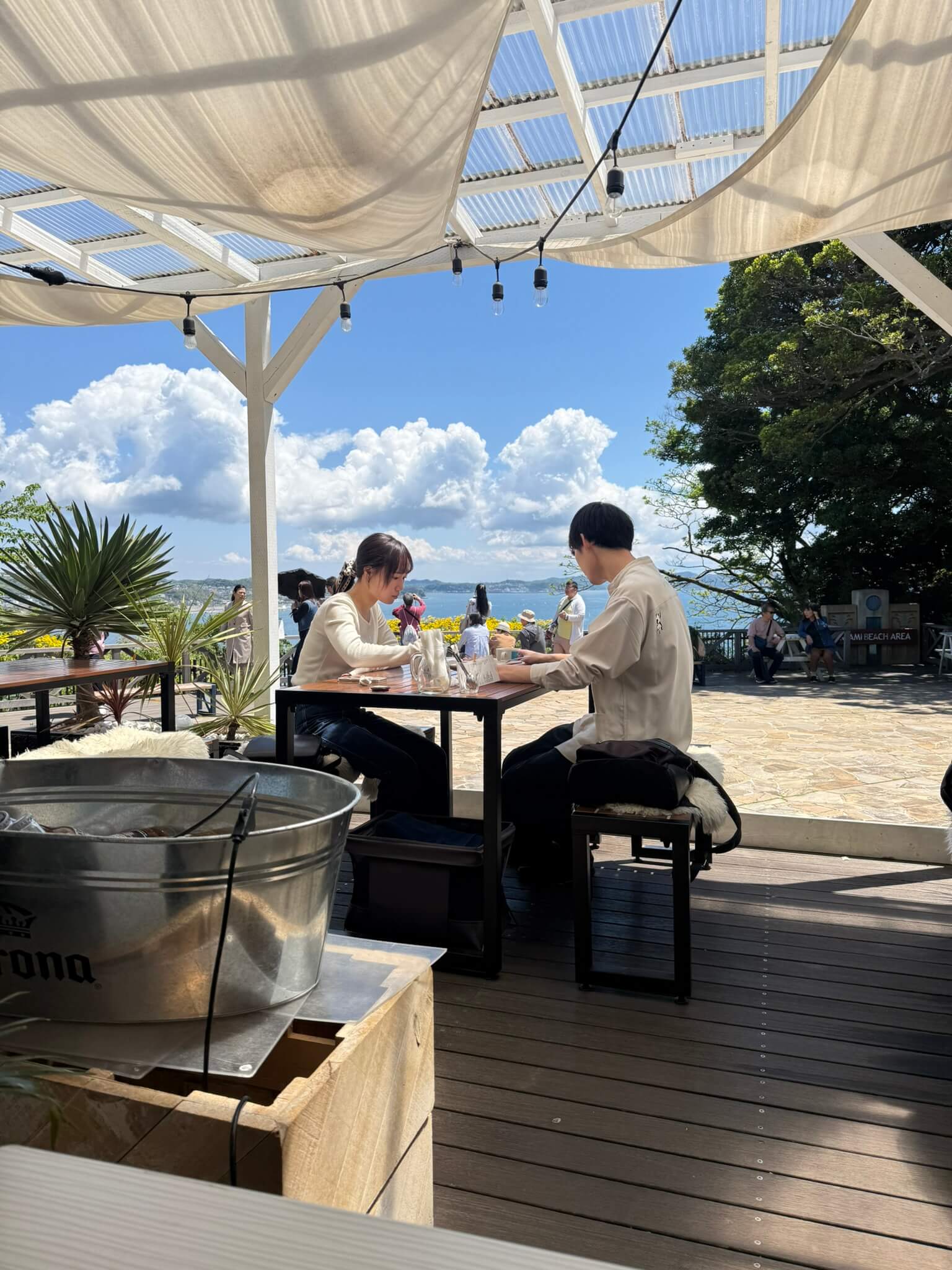
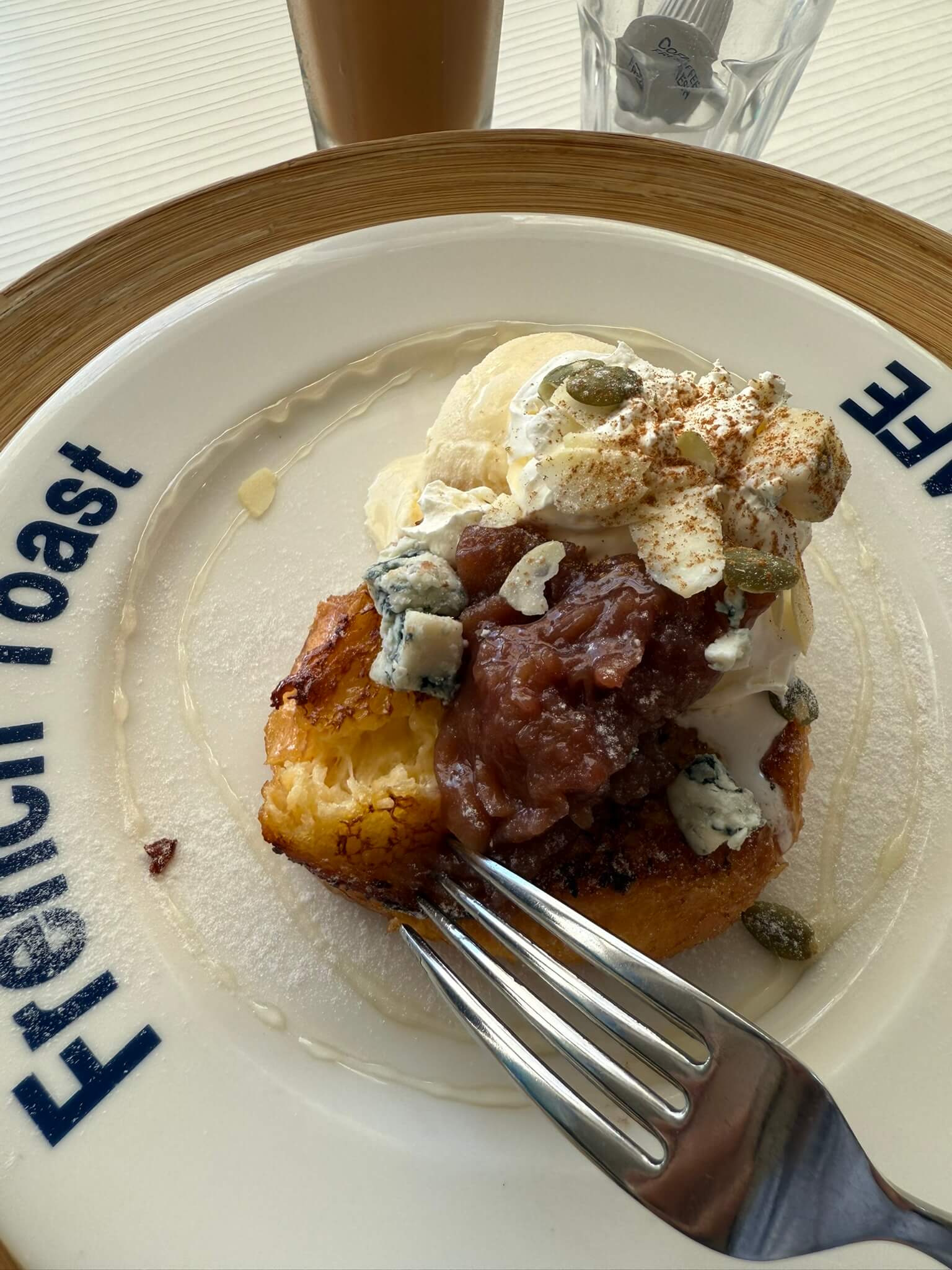
This cute little café inside the Samuel Cocking Garden offers great views and tasty food—perfect for a break in the middle of exploring. Their specialty is French toast, served in a variety of flavours. I went for the Apple Pie with Gorgonzola French toast and added an iced milk tea to make it a set. The toast cost 1,595 yen, with the set drink adding 220 yen (other drinks cost more). It’s a bit pricey for the portion size, but the flavour was great and the view made it worth it—a lovely spot to escape the sun for a while.
I arrived around 11 a.m. and it was already quite full. When I passed by earlier at 10 a.m., only a few tables were taken—so it’s best to go early if you want a quieter experience or hope to snag a terrace seat.
LON Cafe
Opening Hours:
Weekdays 10:00-20:00
Weekends: 09:00-20:00
Enoshima Sea Candle
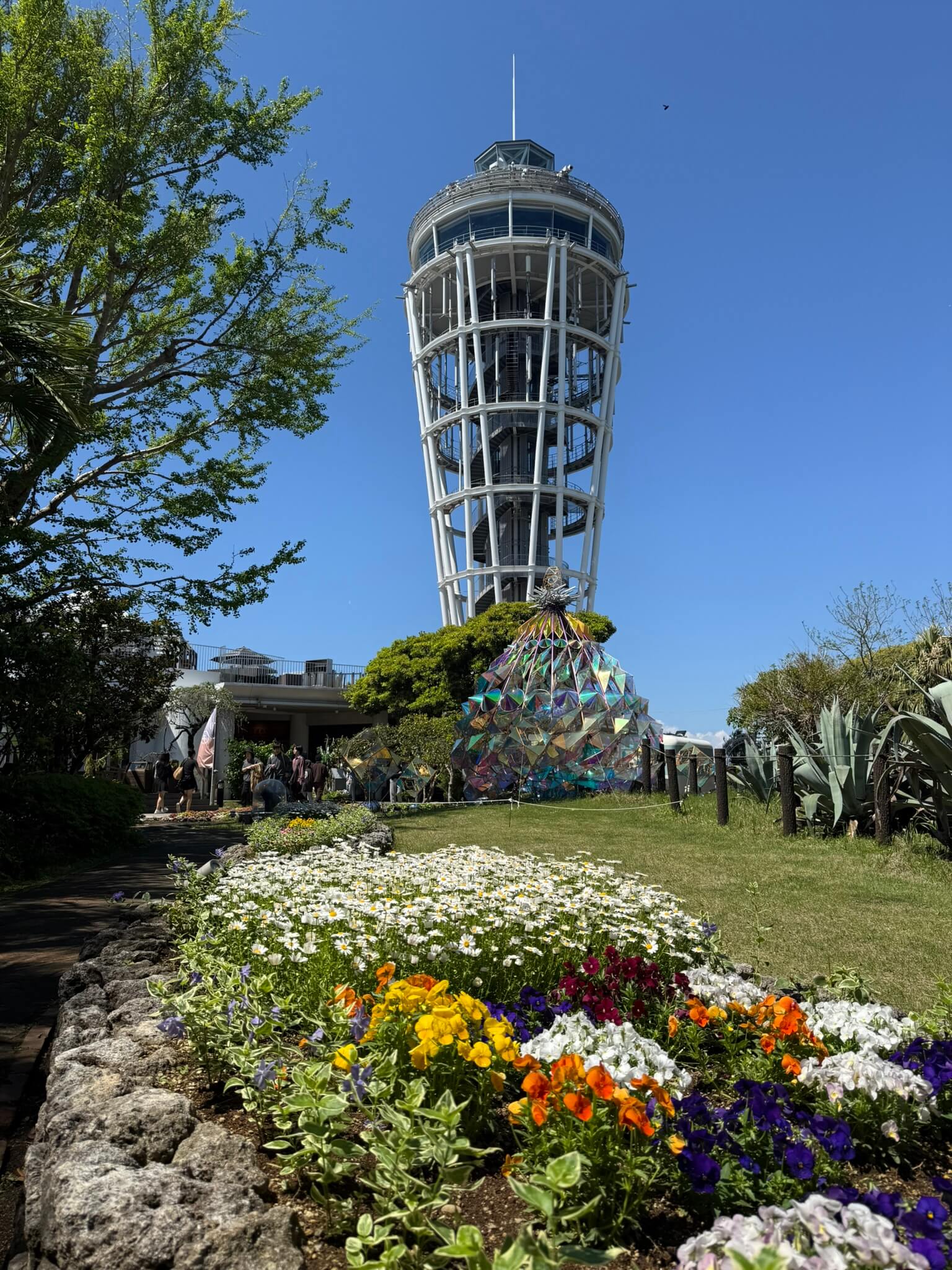
The Sea Candle is a lighthouse and observation tower standing 59.8 meters tall, built to commemorate the 100th anniversary of the Enoshima Electric Railway. Both its indoor and outdoor decks offer spectacular panoramic views of the sea, the coastline, and even Mount Fuji on clear days.
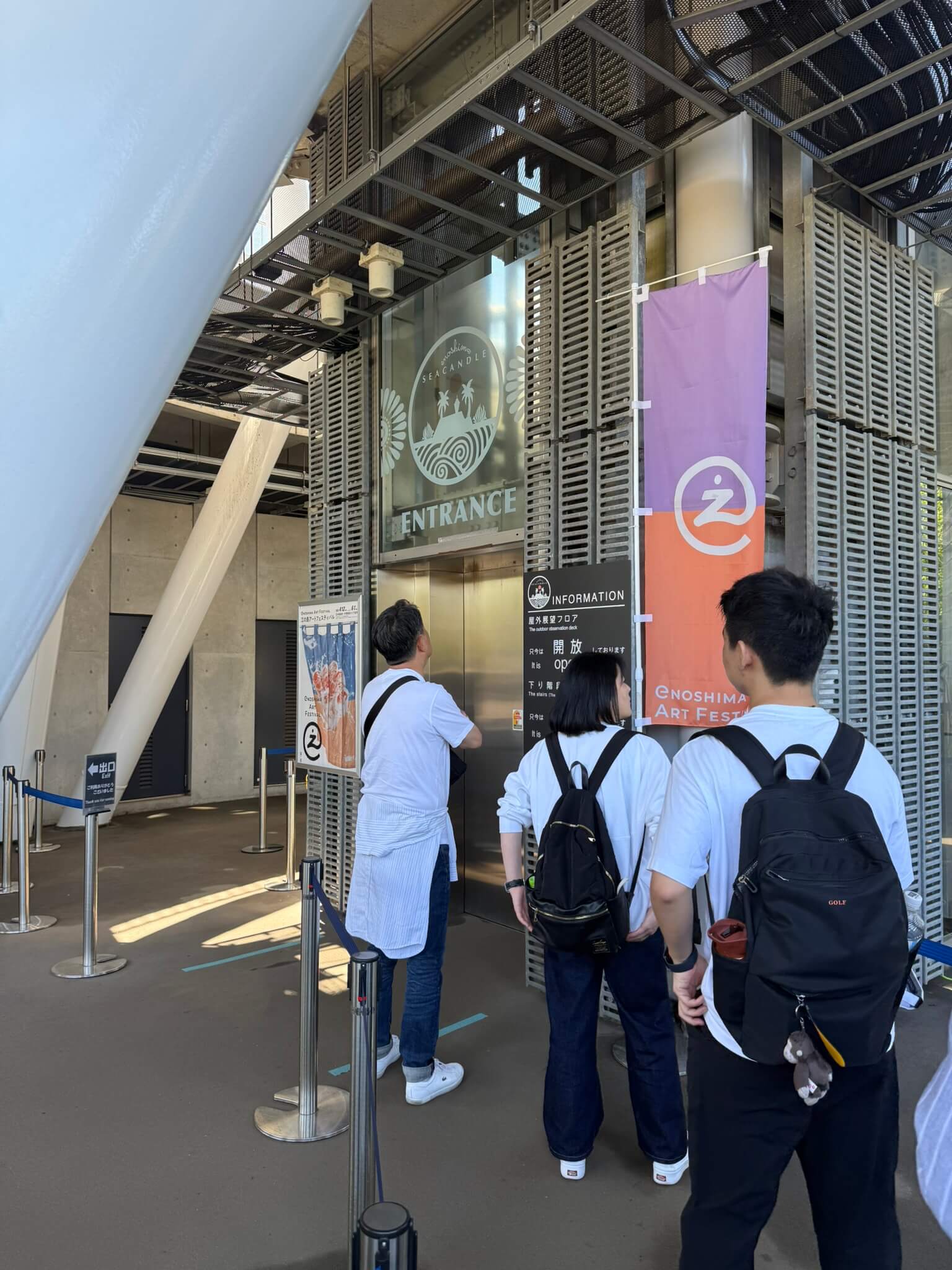
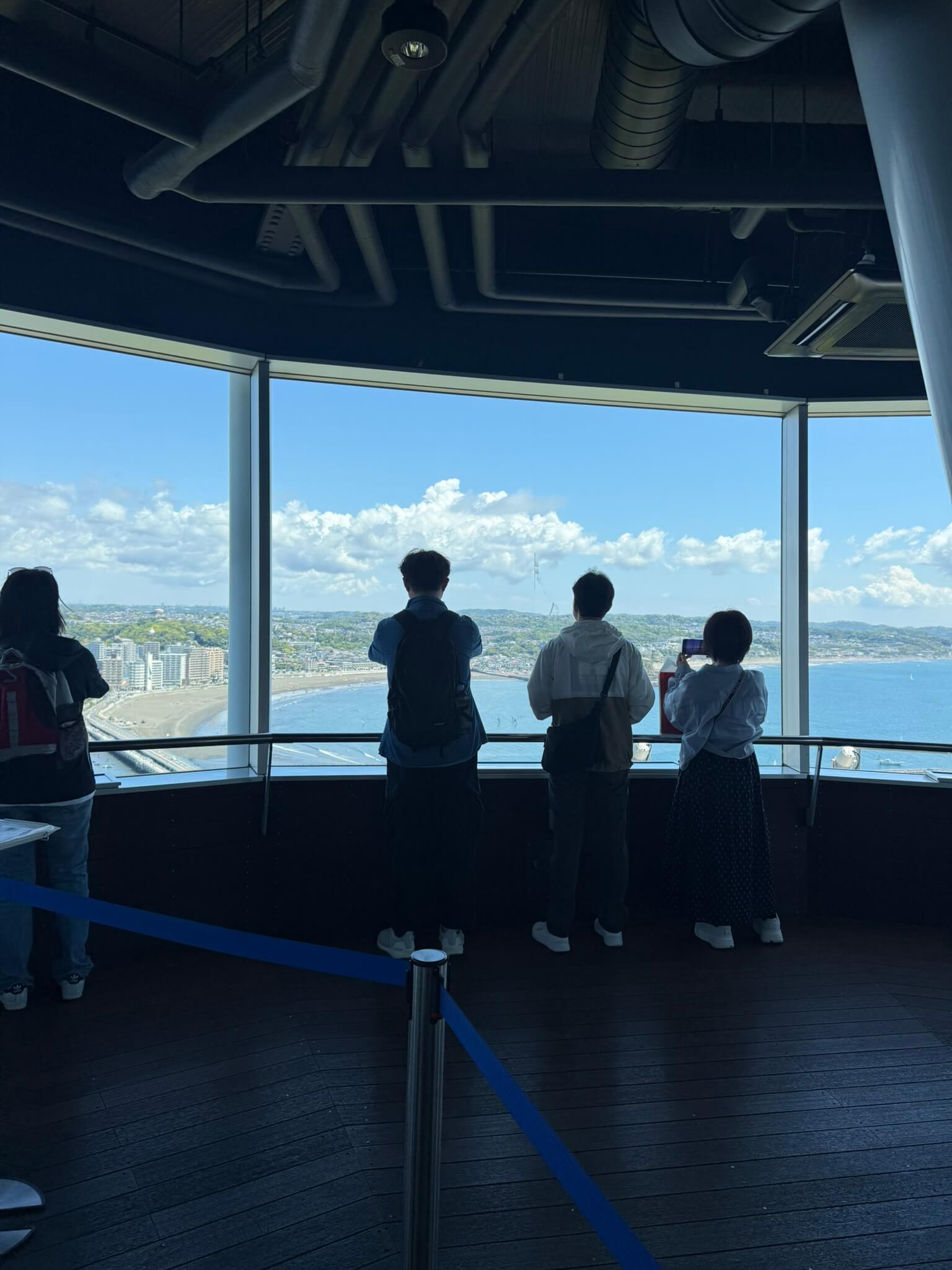
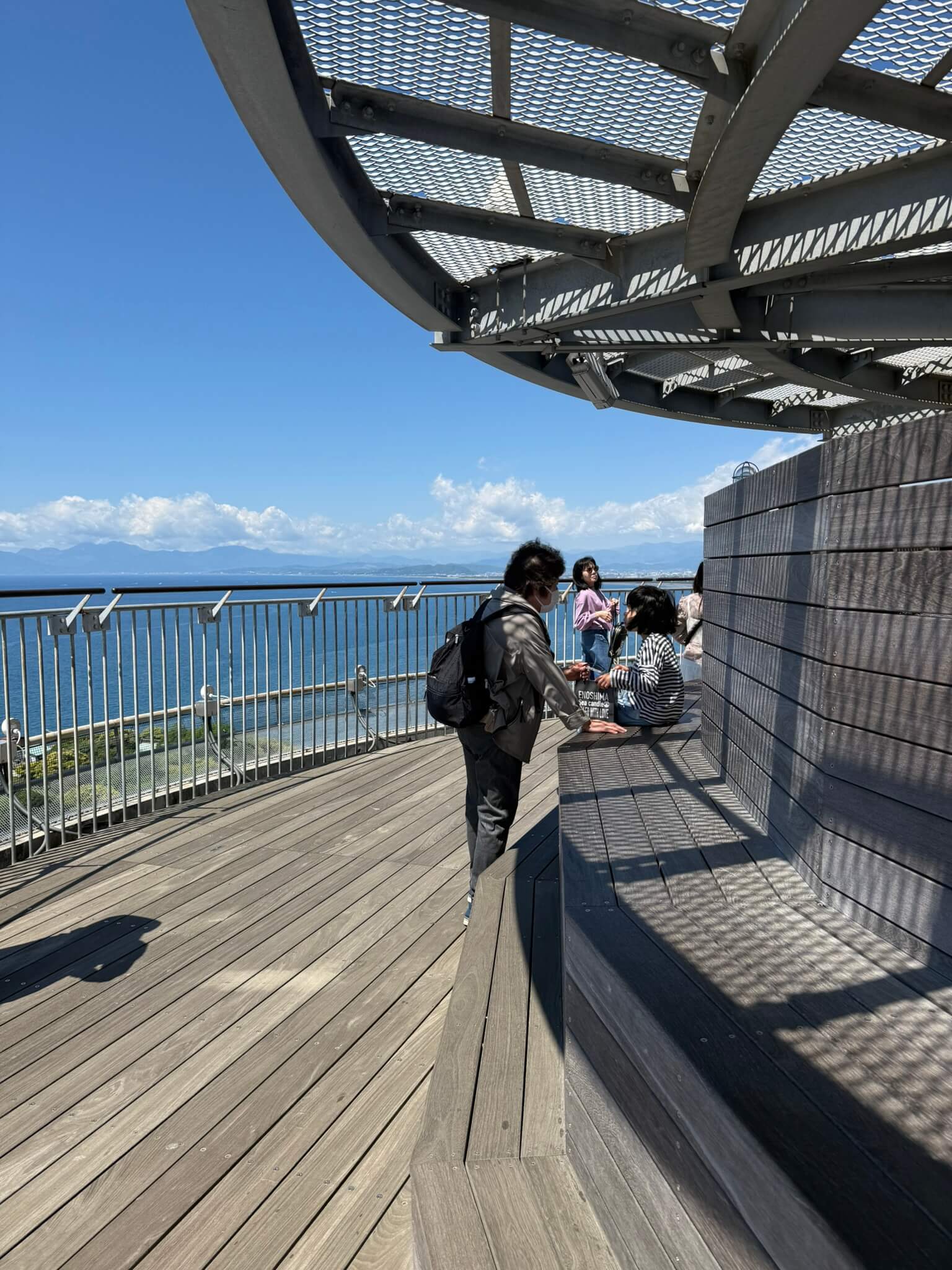
After passing the entrance gate, you can take the elevator up to the indoor observation deck. To reach the outdoor deck, however, you’ll need to climb a flight of stairs, as the elevator doesn’t go all the way up.
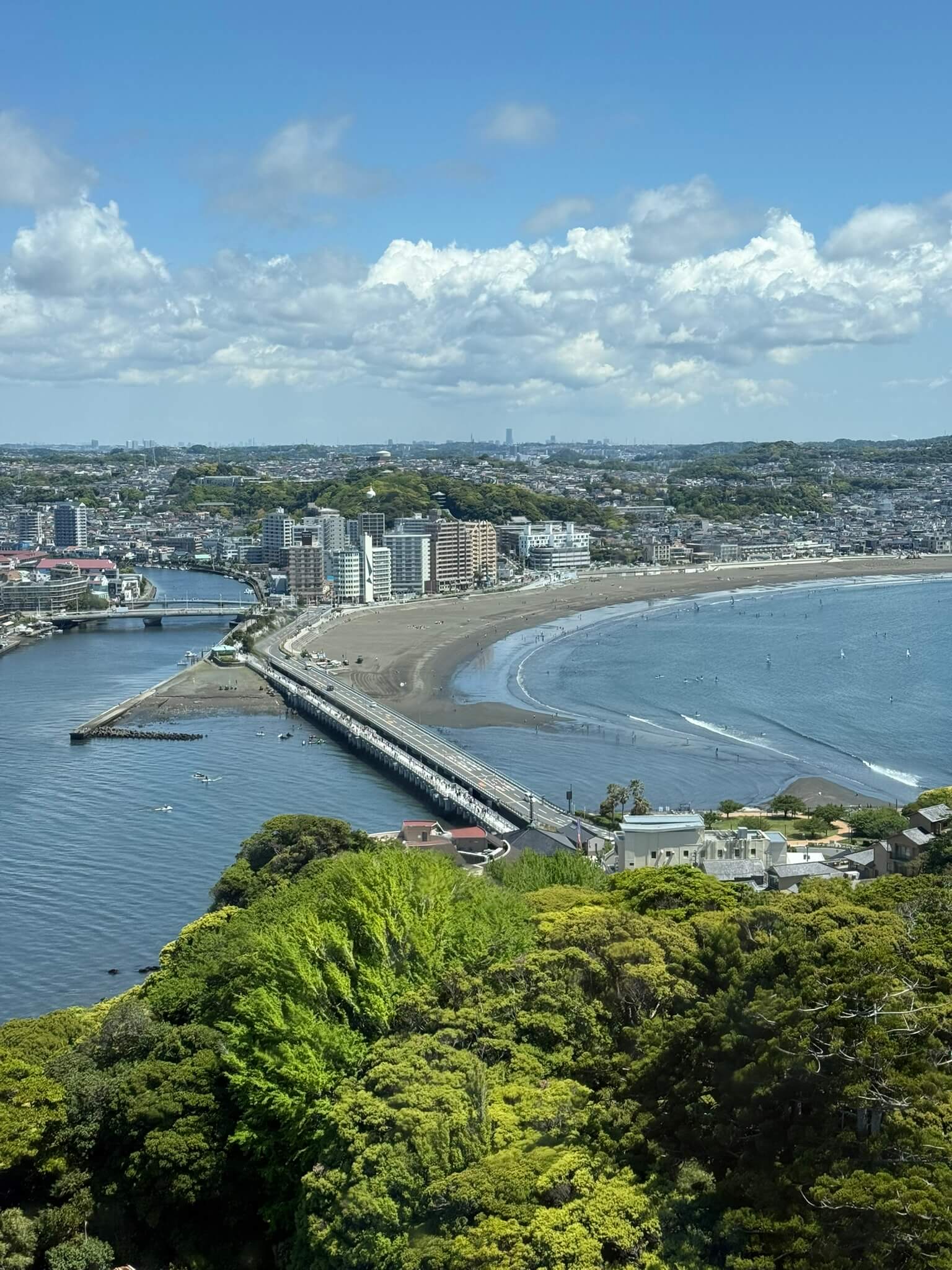
The view of the city and the bridge to Enoshima.
Sea Candle
Opening Hours:
09:00-20:00
Admission:
500 yen
Iwaya Caves
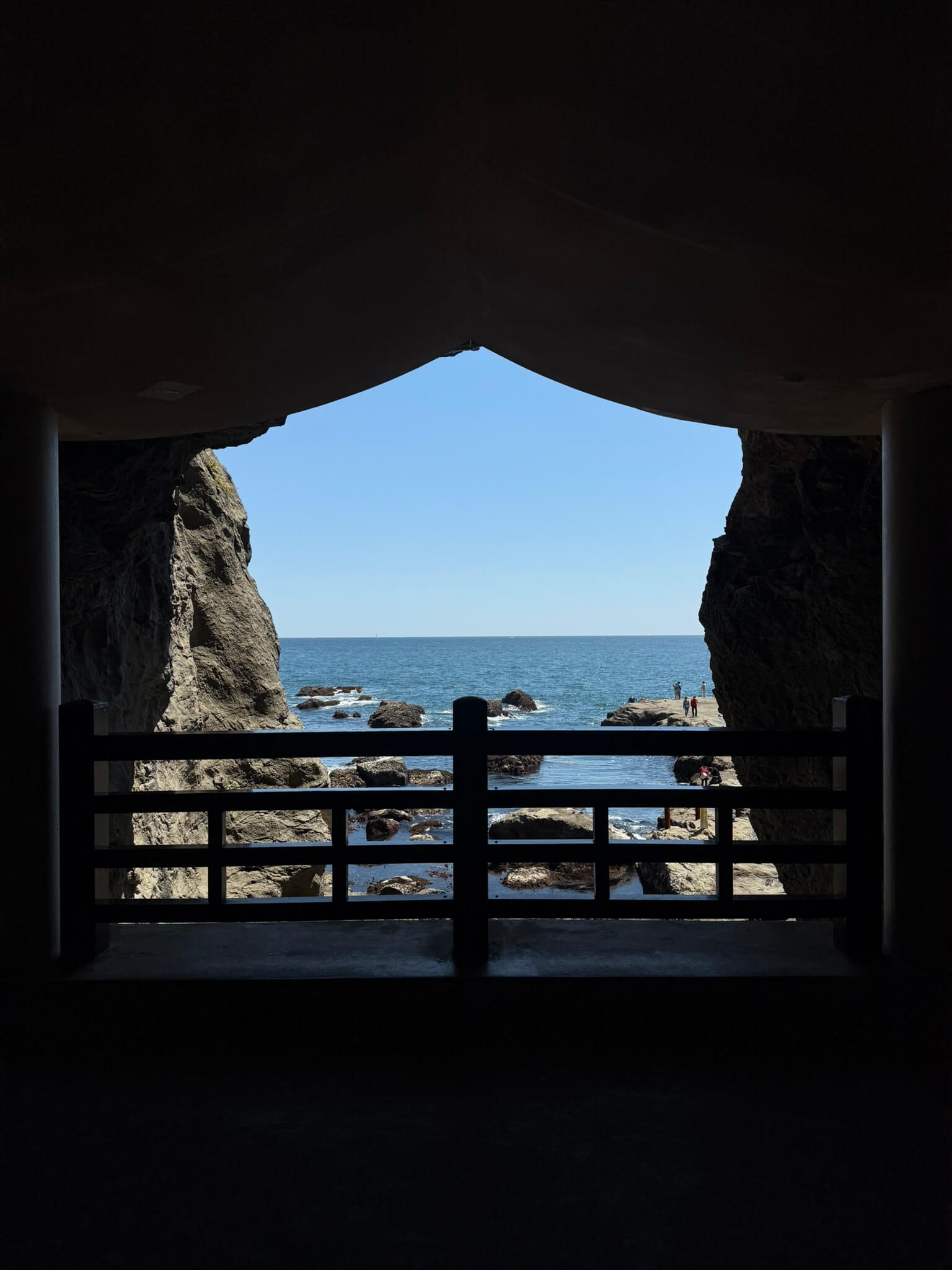
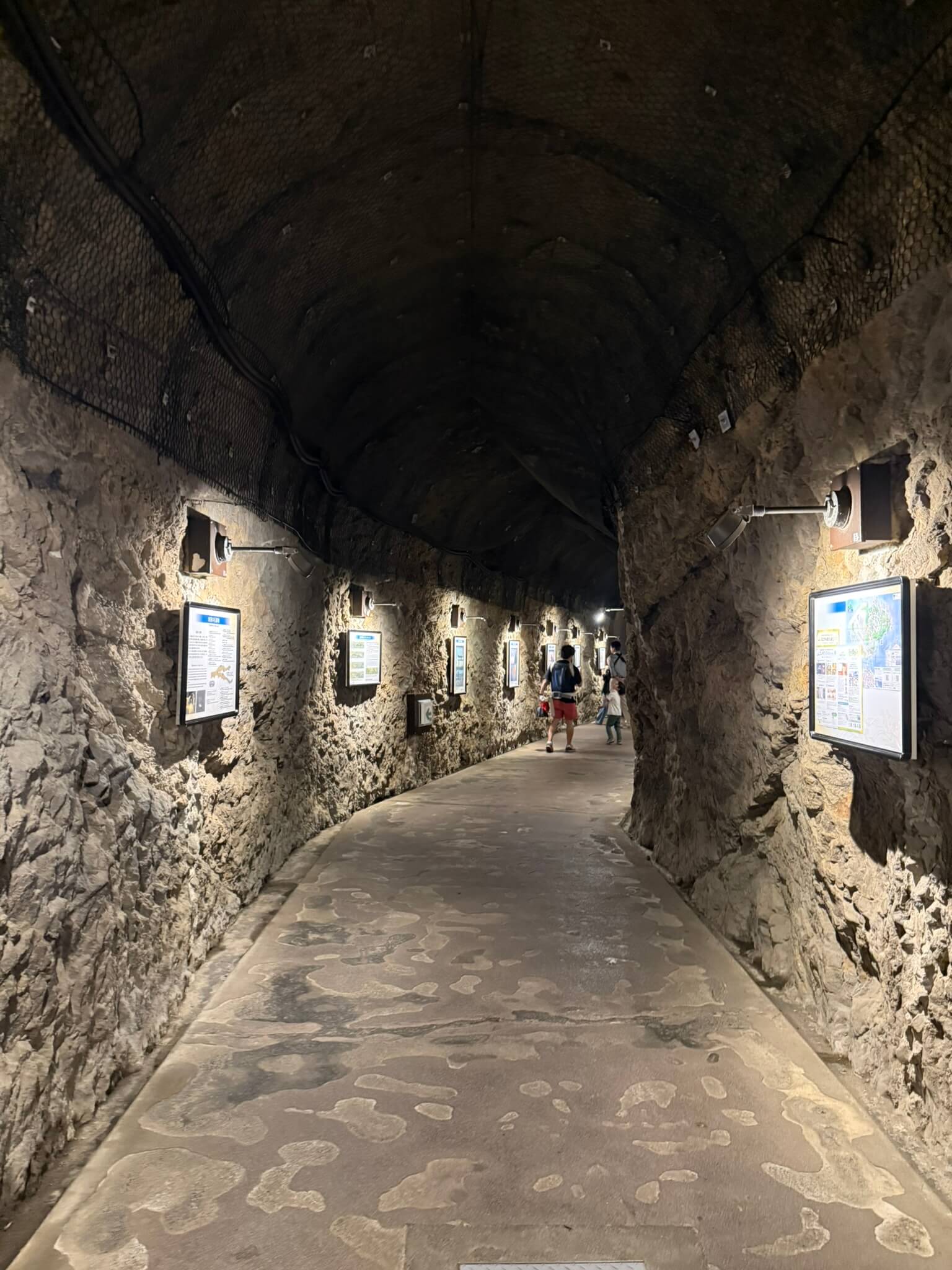
Located on the southern side of Enoshima, the Iwaya Caves were formed over time by the powerful erosion of ocean waves against the island’s cliffs. There are two caves to explore, the first being 152m while the second is 56m.
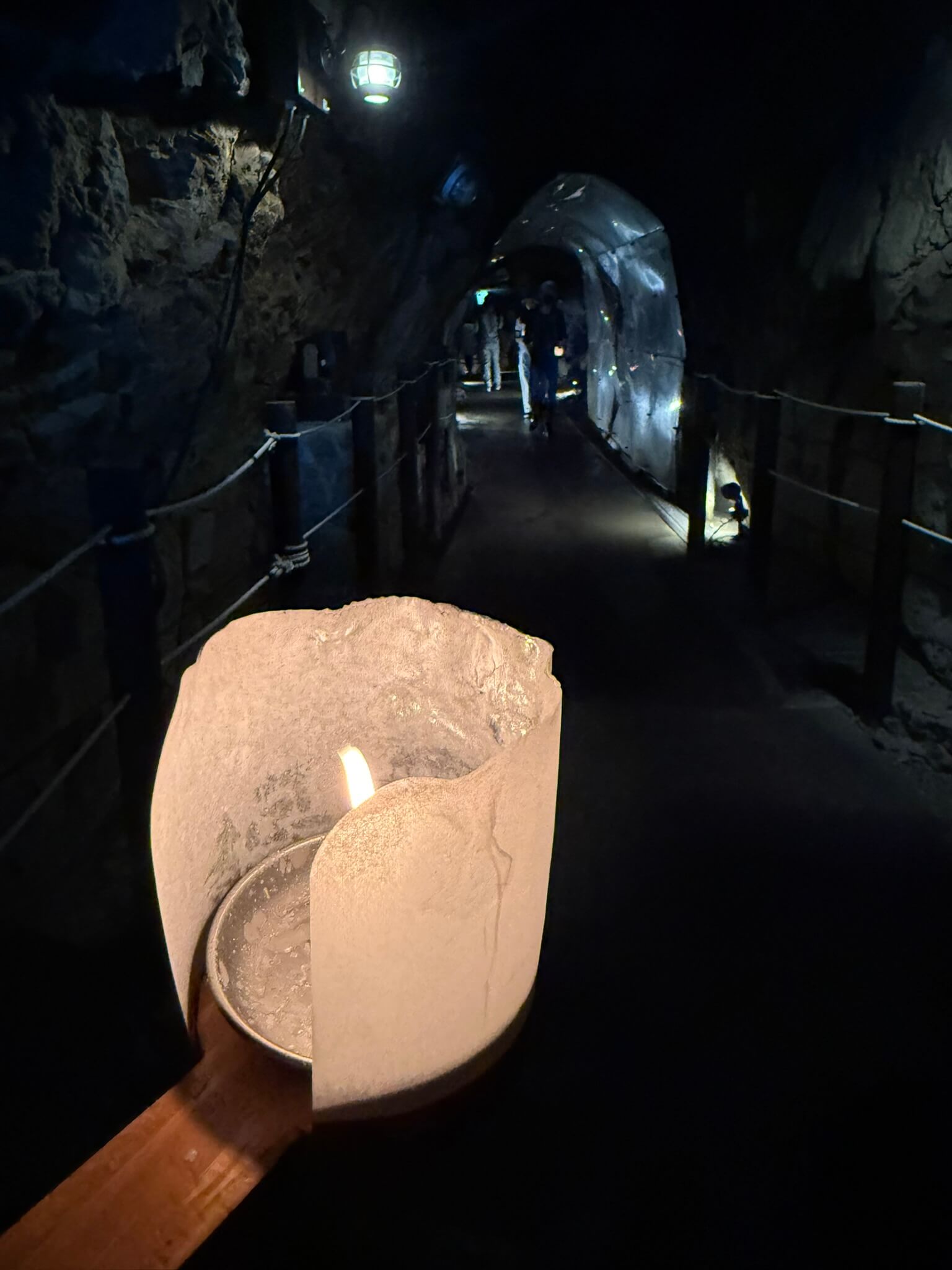
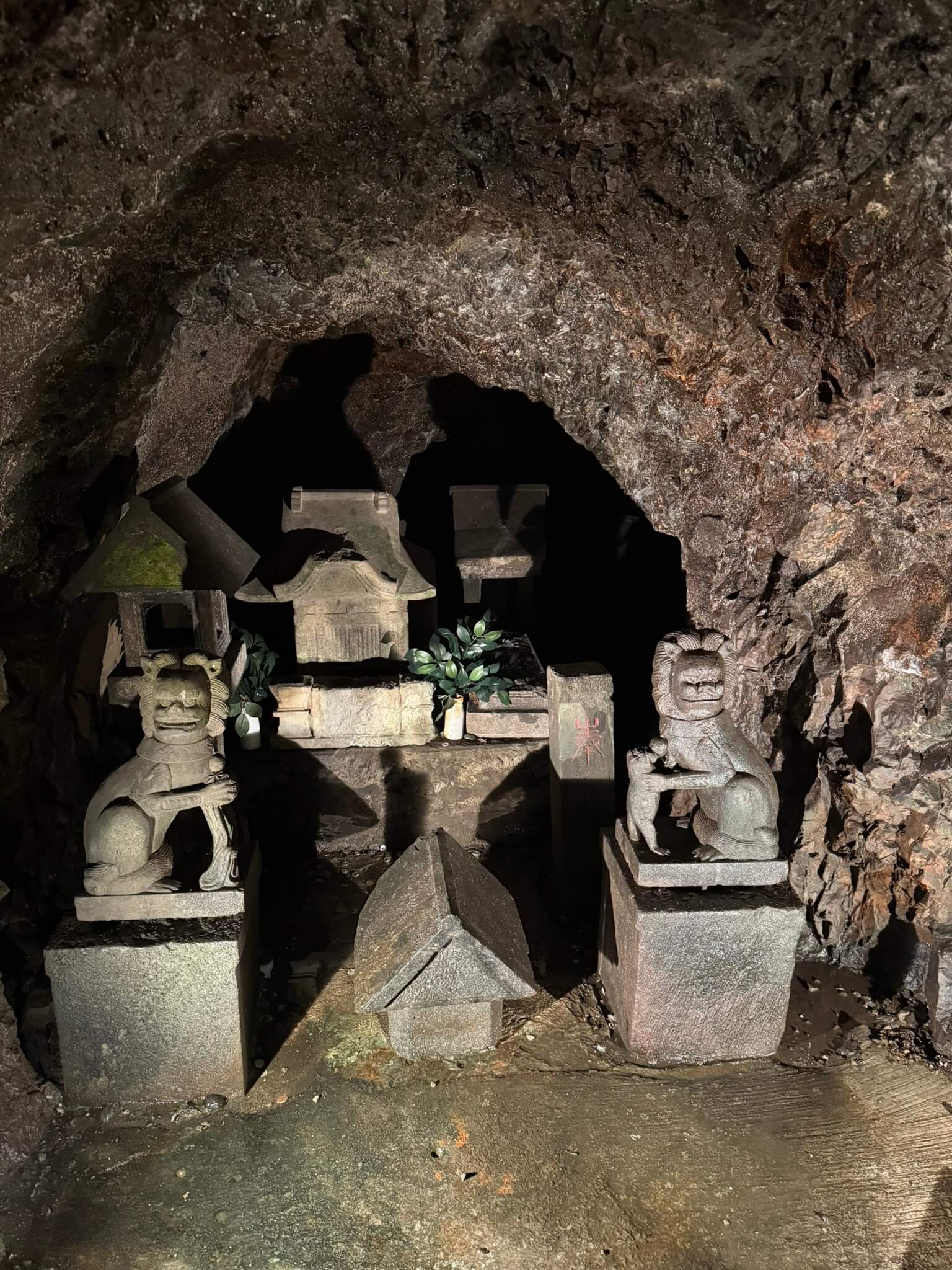

In the first cave, you’re given a small candle to light your way—but don’t worry, it’s not completely dark, and you can still see where you’re going. Inside, there are two main paths: one leads to the legendary birthplace of Enoshima Shrine, and the other is said to connect to the Narusawa Ice Cave at the foot of Mount Fuji.
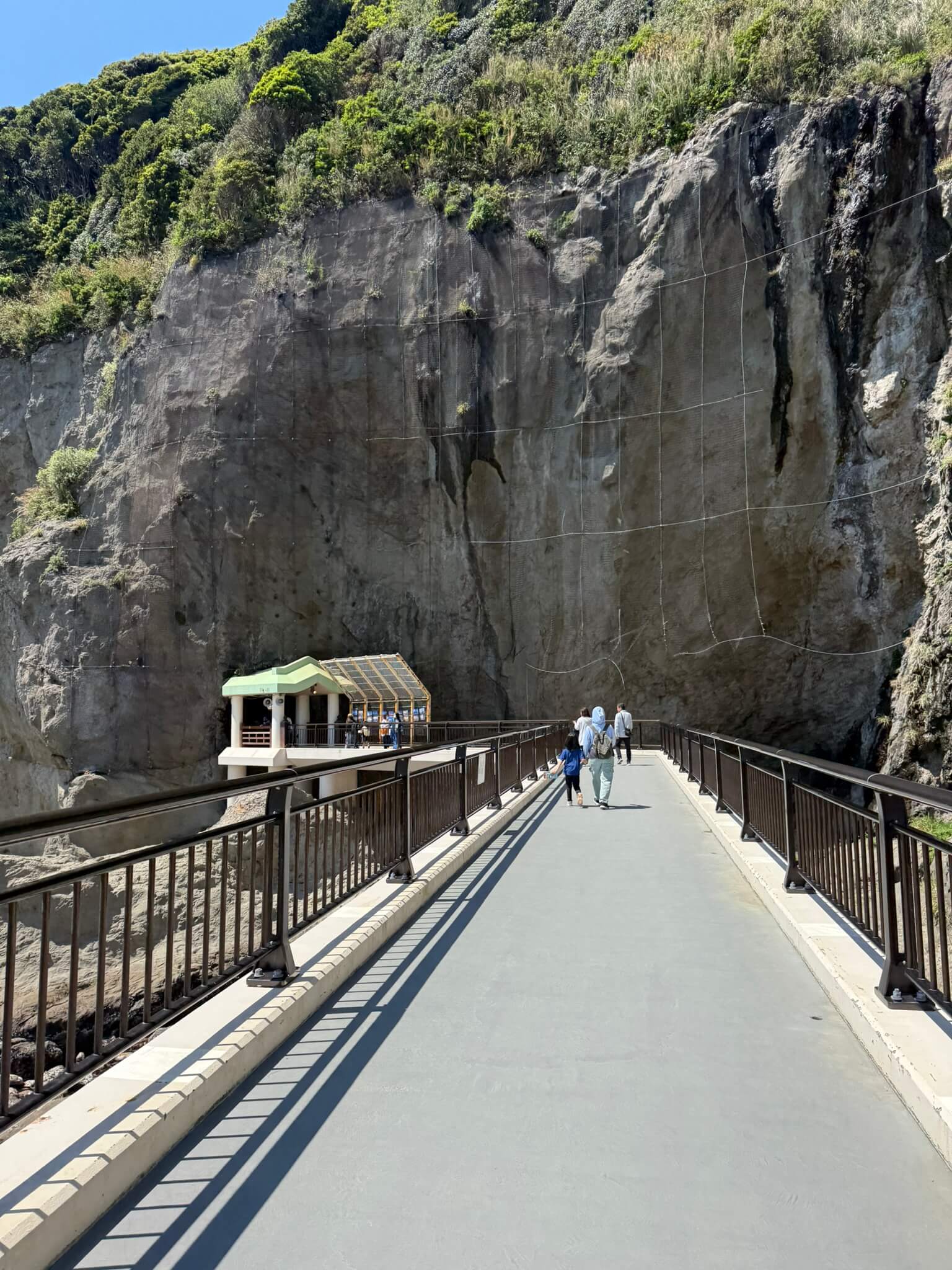
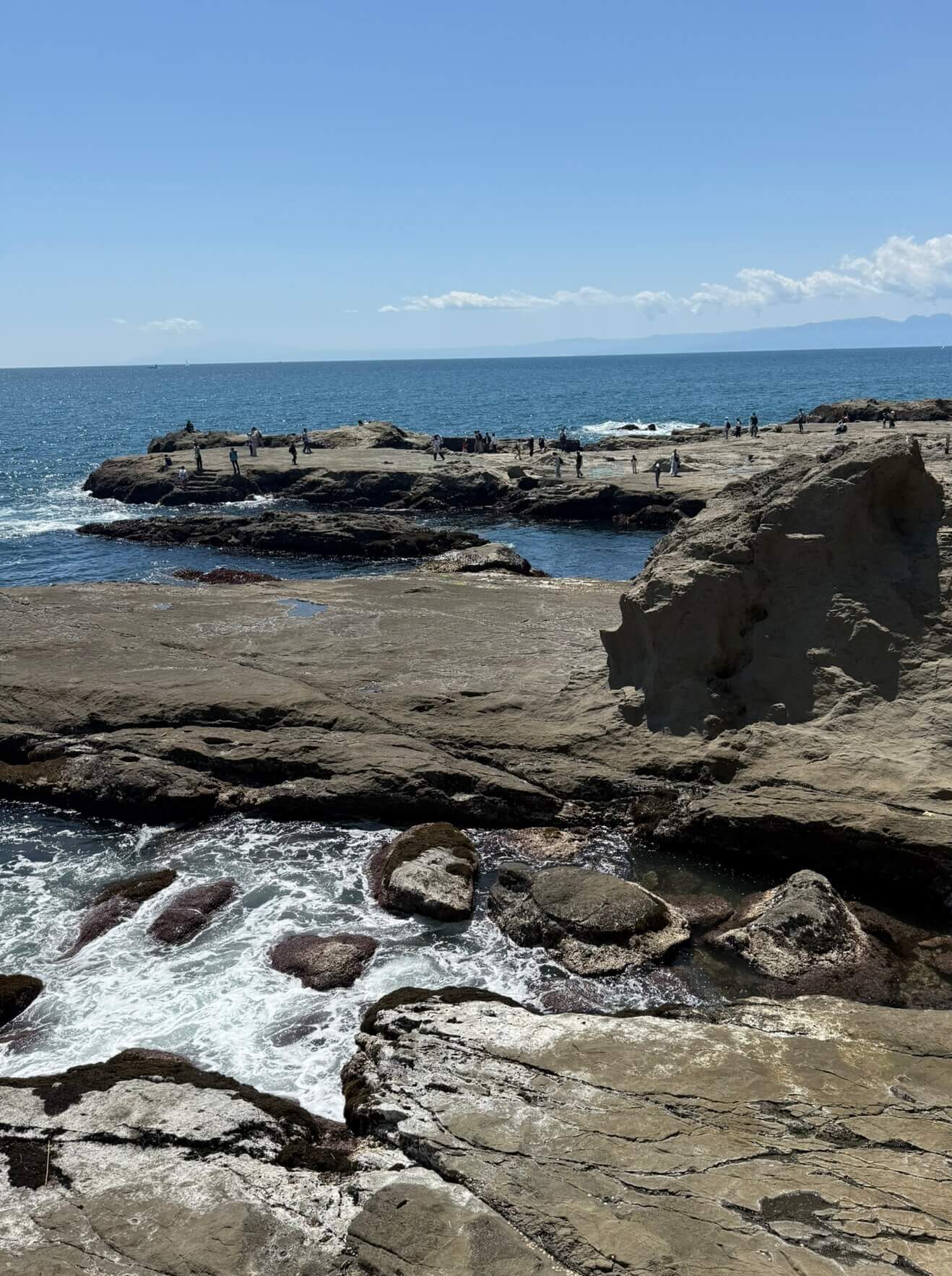
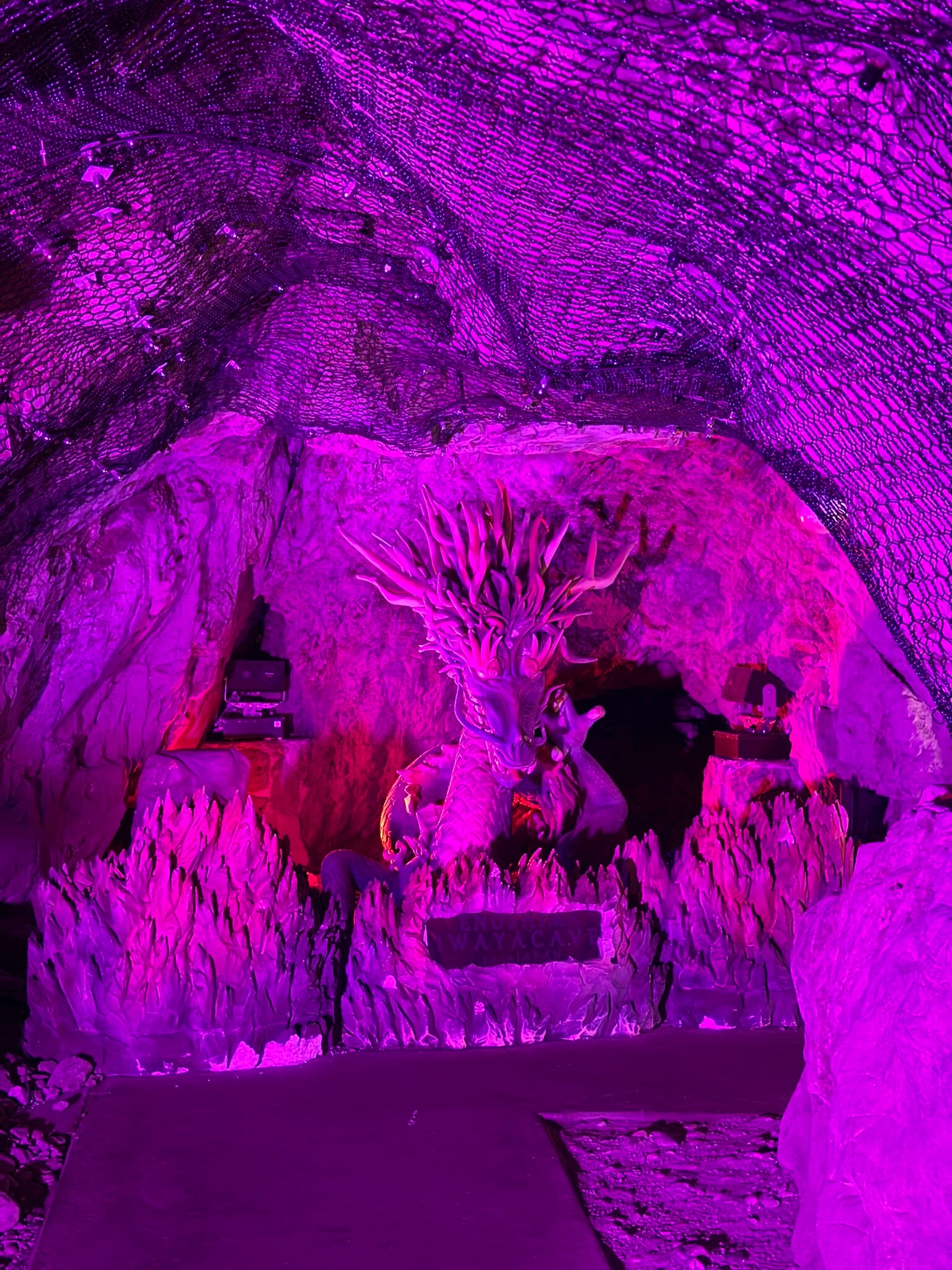
To reach the second cave, you’ll need to walk along an outdoor path. Don’t miss the Turtle Rock, or Kame-Ishi, along the way—it really does look like a turtle! See if you can spot it. Inside the second cave, you’ll find a large statue of a dragon, which honors the legendary dragon associated with Enoshima’s mythology.
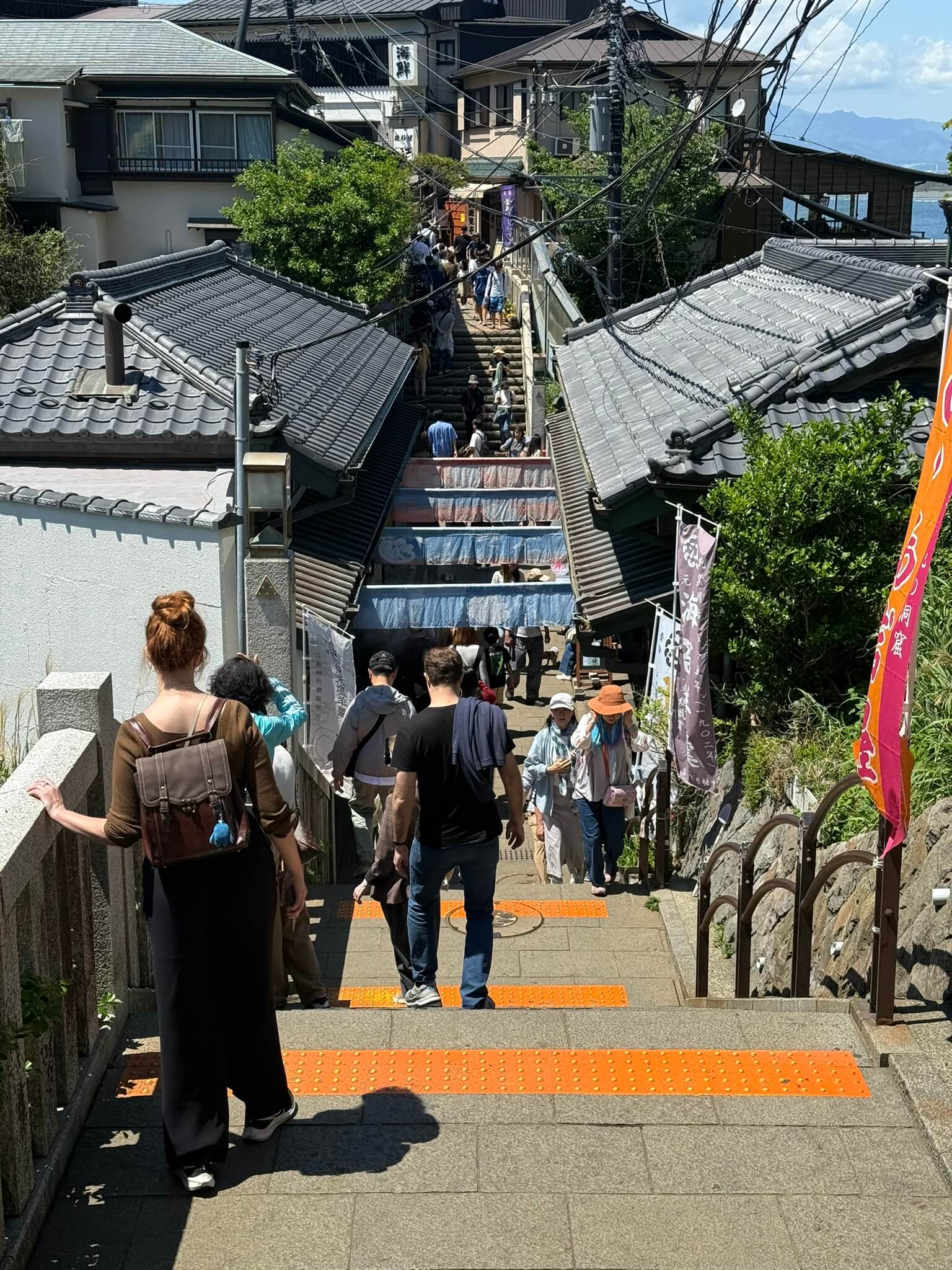
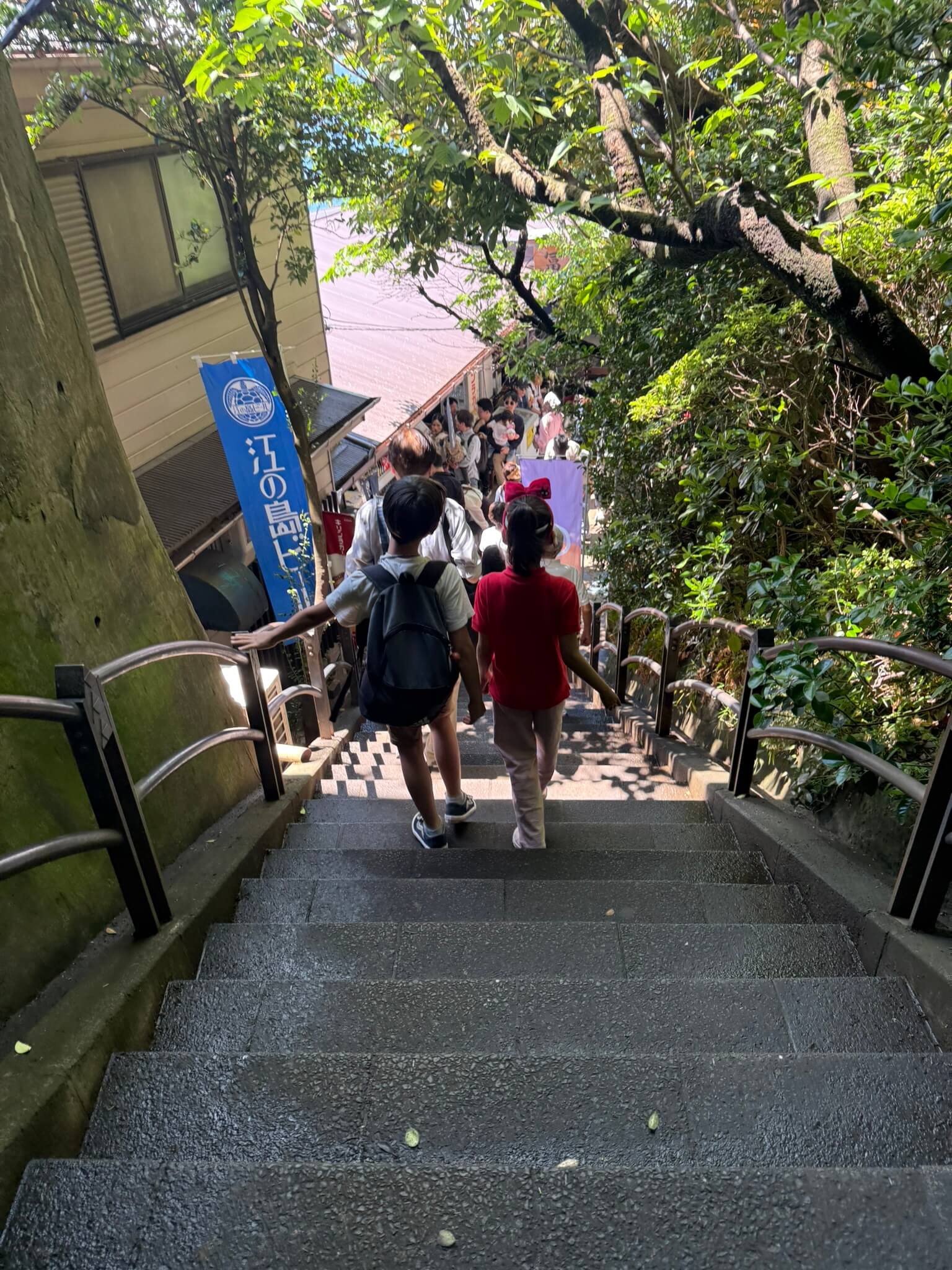
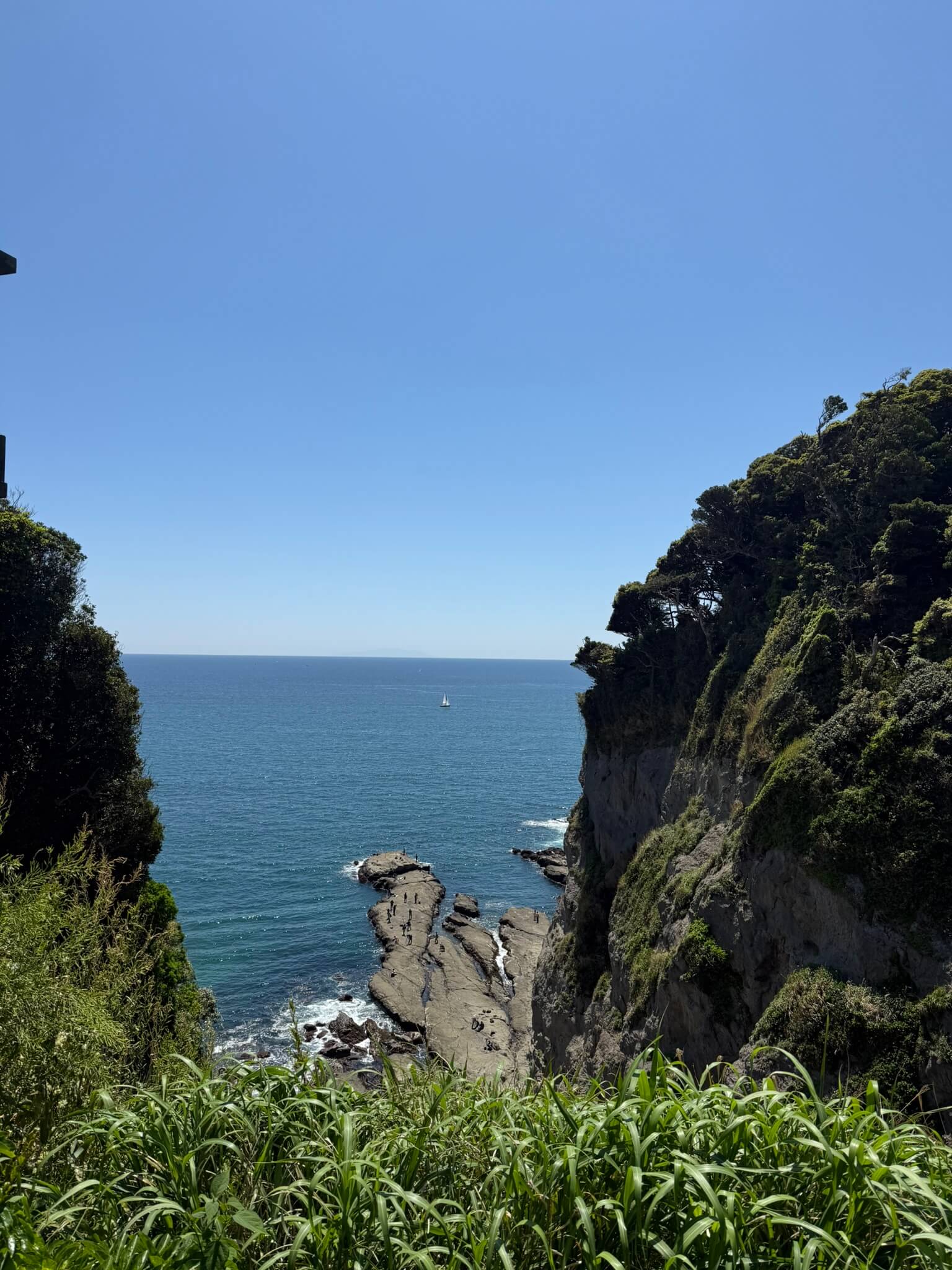
Just a heads-up—you’ll need to go down quite a lot of stairs to reach the Iwaya Caves. And of course, that means climbing back up to return to the front of the island—unless you decide to take the boat back to the bridge. It was definitely a bit of a workout!
Iways Caves
Opening Hours:
09:00-18:00
Admission:
500 yen
Where to eat at Enoshima
There are two main streets on the island where you’ll find most of the restaurants. One is Benzaiten Nakamise Street—the main street at the entrance that leads to Enoshima Shrine—and the other is along the path toward the Iwaya Caves. While there are plenty of dining options, do note that most places tend to have queues during lunchtime.
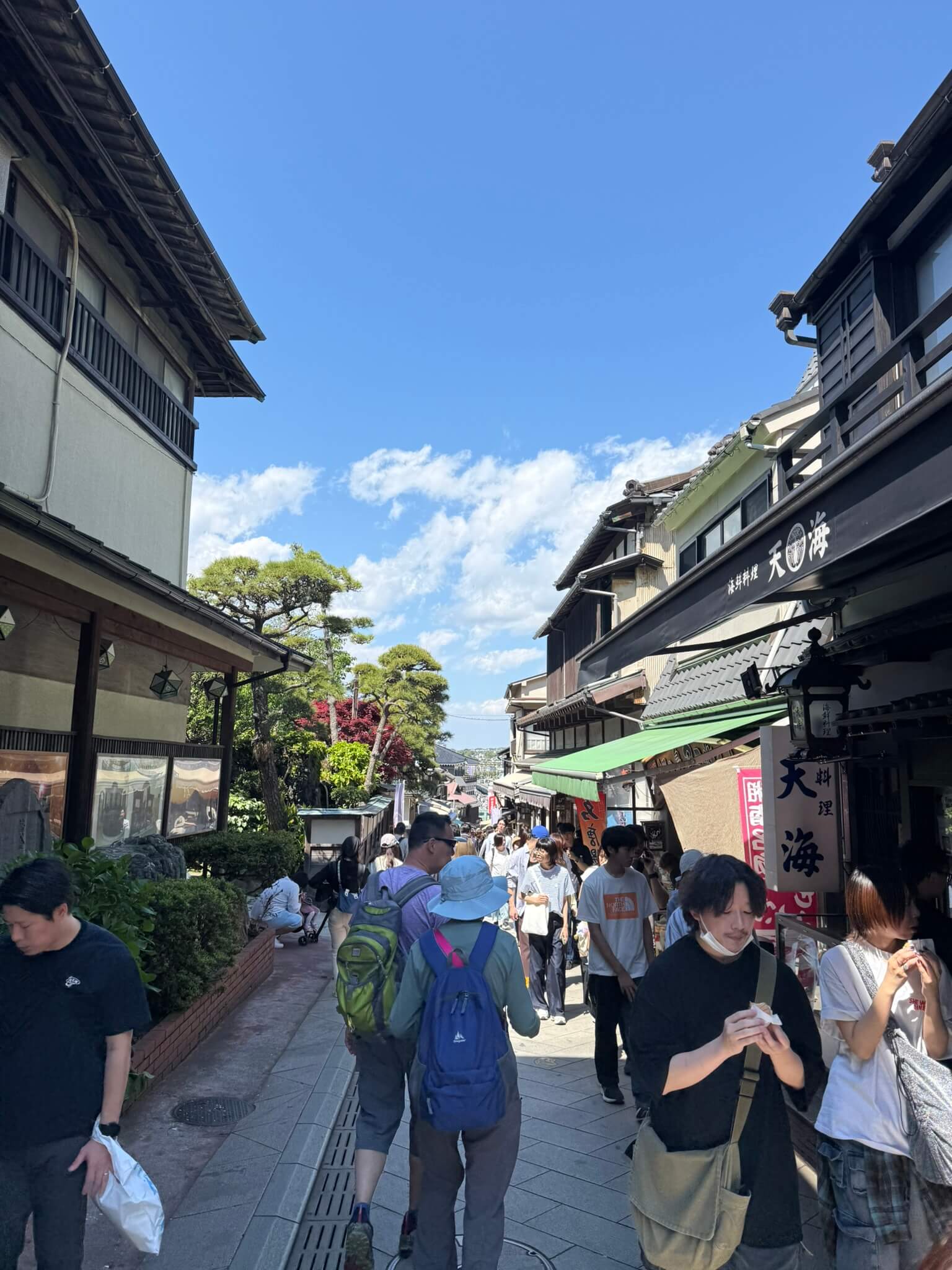
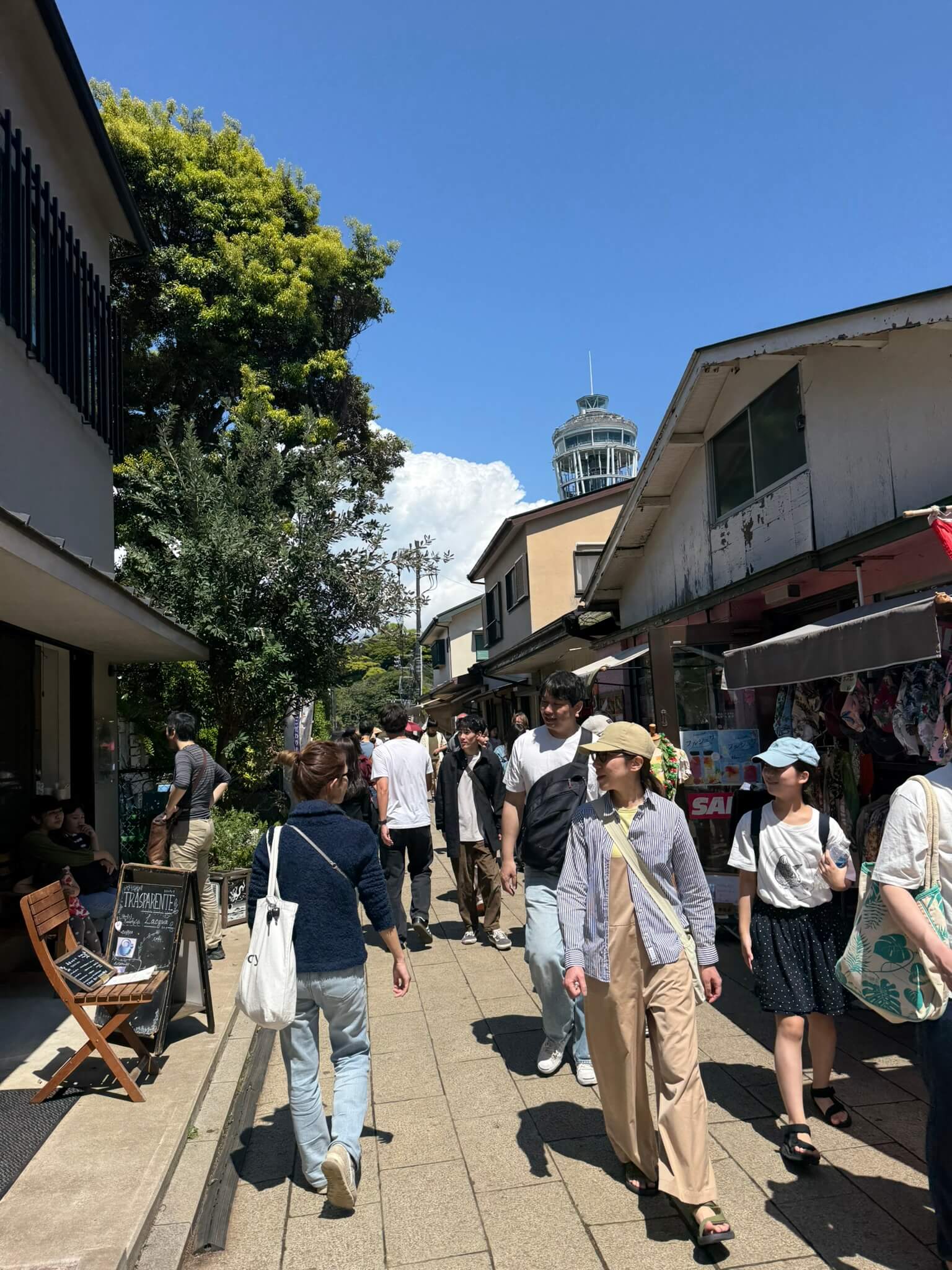
I ended up eating at Enoshima Harumi Restaurant, which is located along Benzaiten Nakamise Street. It had available seats, so it was a convenient choice. The place was simple and no-frills—perfect for a quick lunch without the wait.
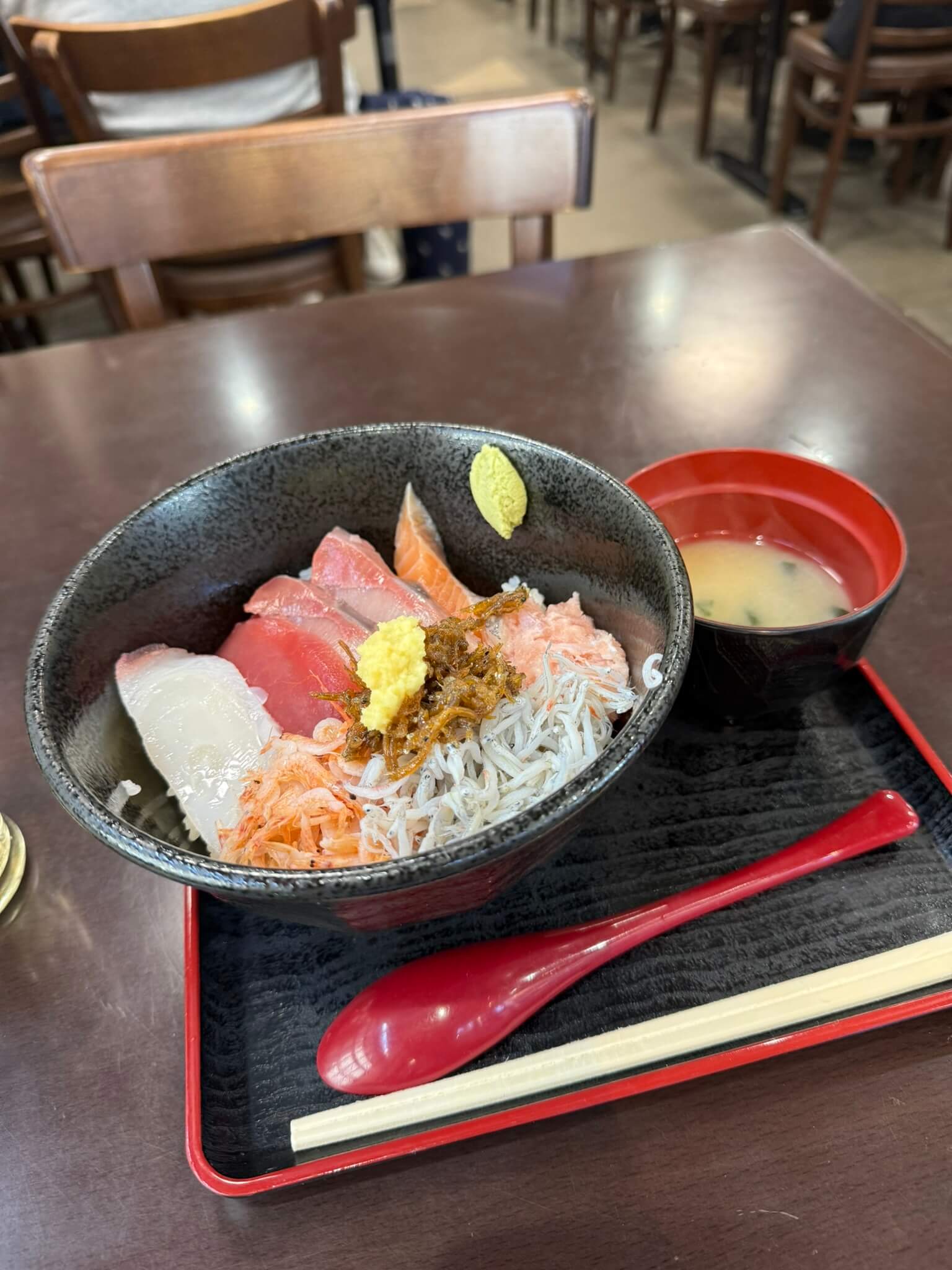
Between the bridge to Enoshima and the station, you’ll also find plenty of shops—so there’s no shortage of things to see (or snacks to try) as you walk to and from the island.
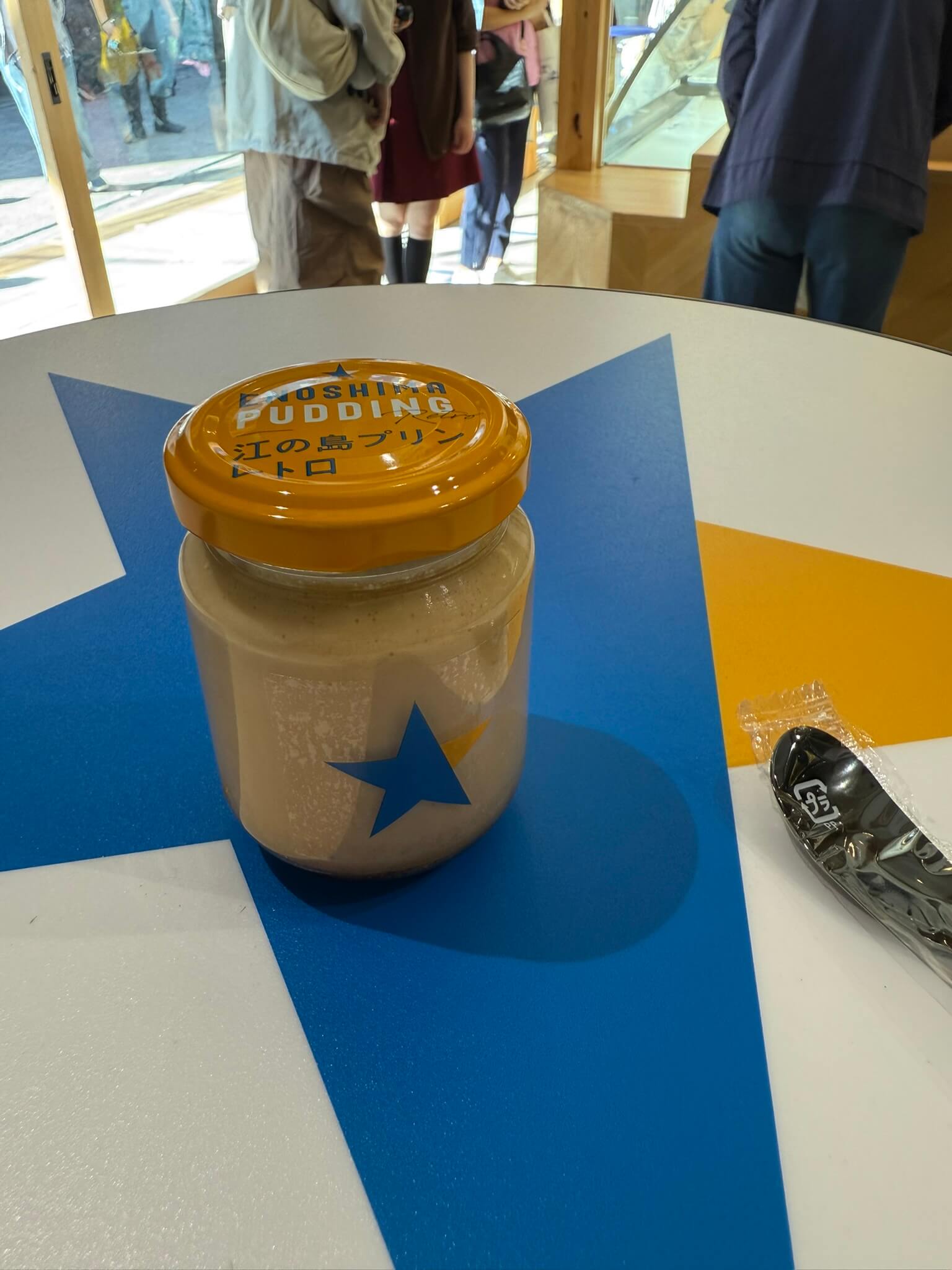
Enoshima Pudding
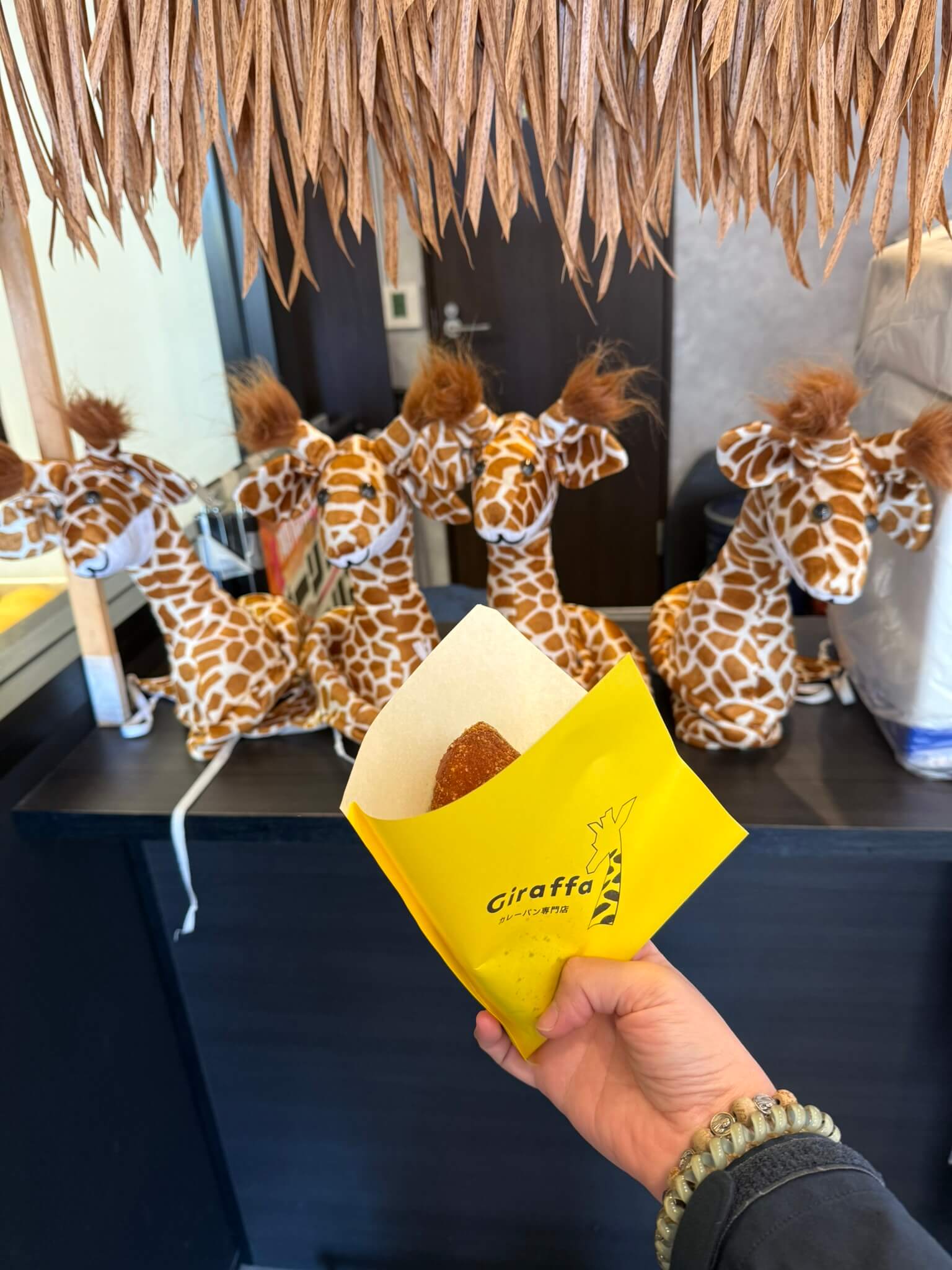
Giraffa Curry Pan
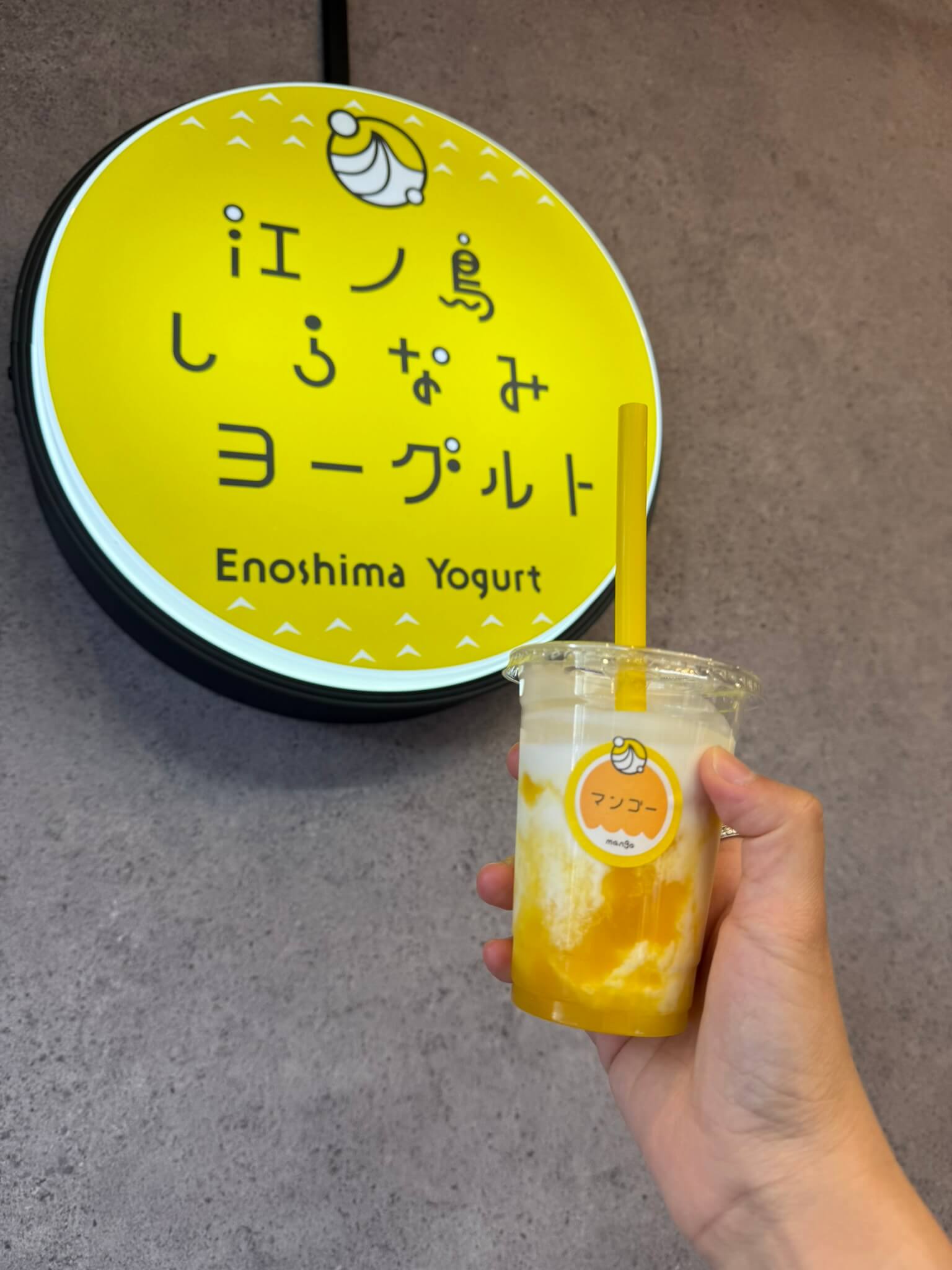
Enoshima Yoghurt
This was me totally pigging out before heading back to the station. The walk back was actually really pleasant—the road was less crowded and had much more space, which made it a nice and relaxing end to the day.
If you have time, I definitely recommend combining your Enoshima visit with a trip to Kamakura—they’re close by and complement each other really well. You can read more about my Kamakura day trip in this post.
